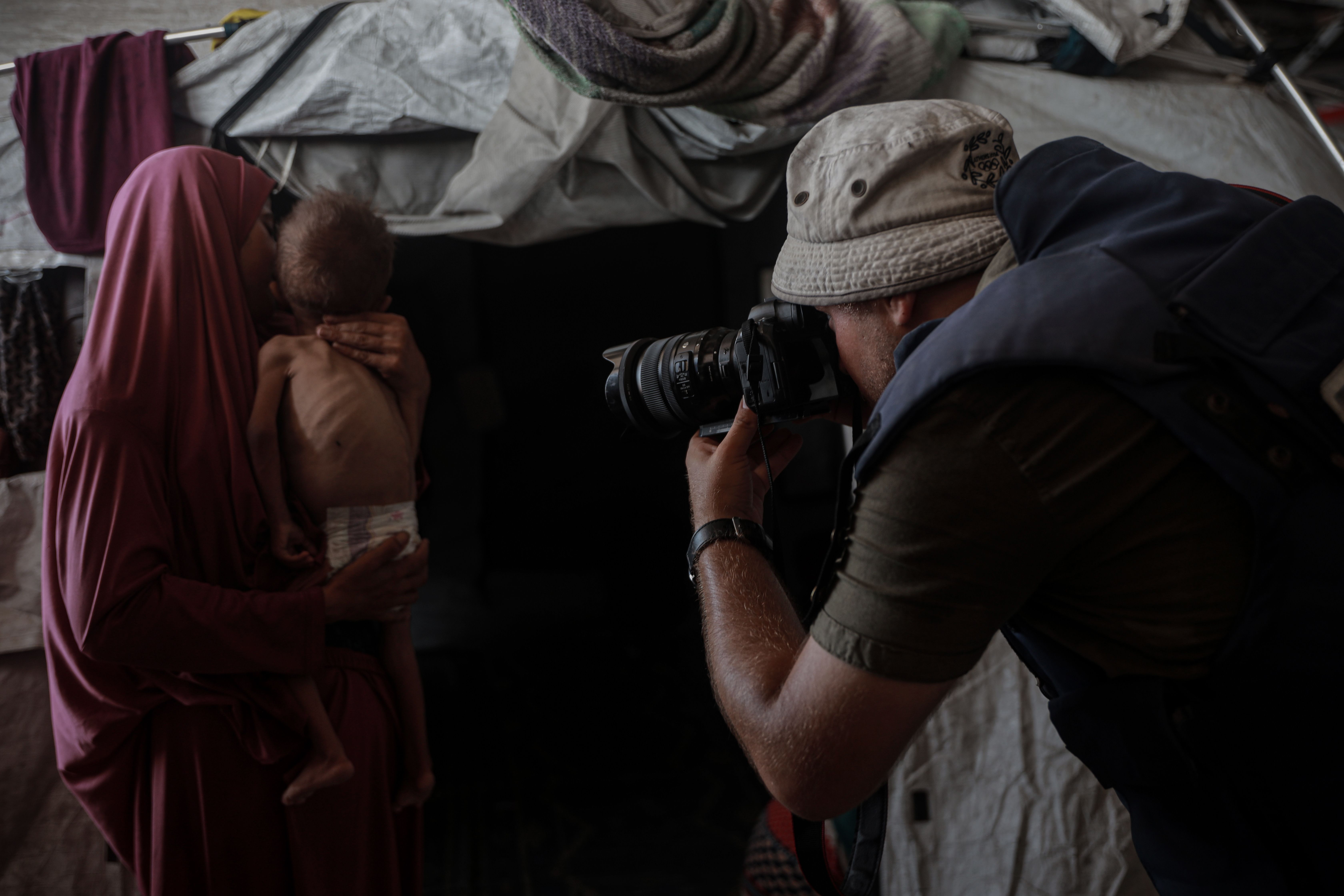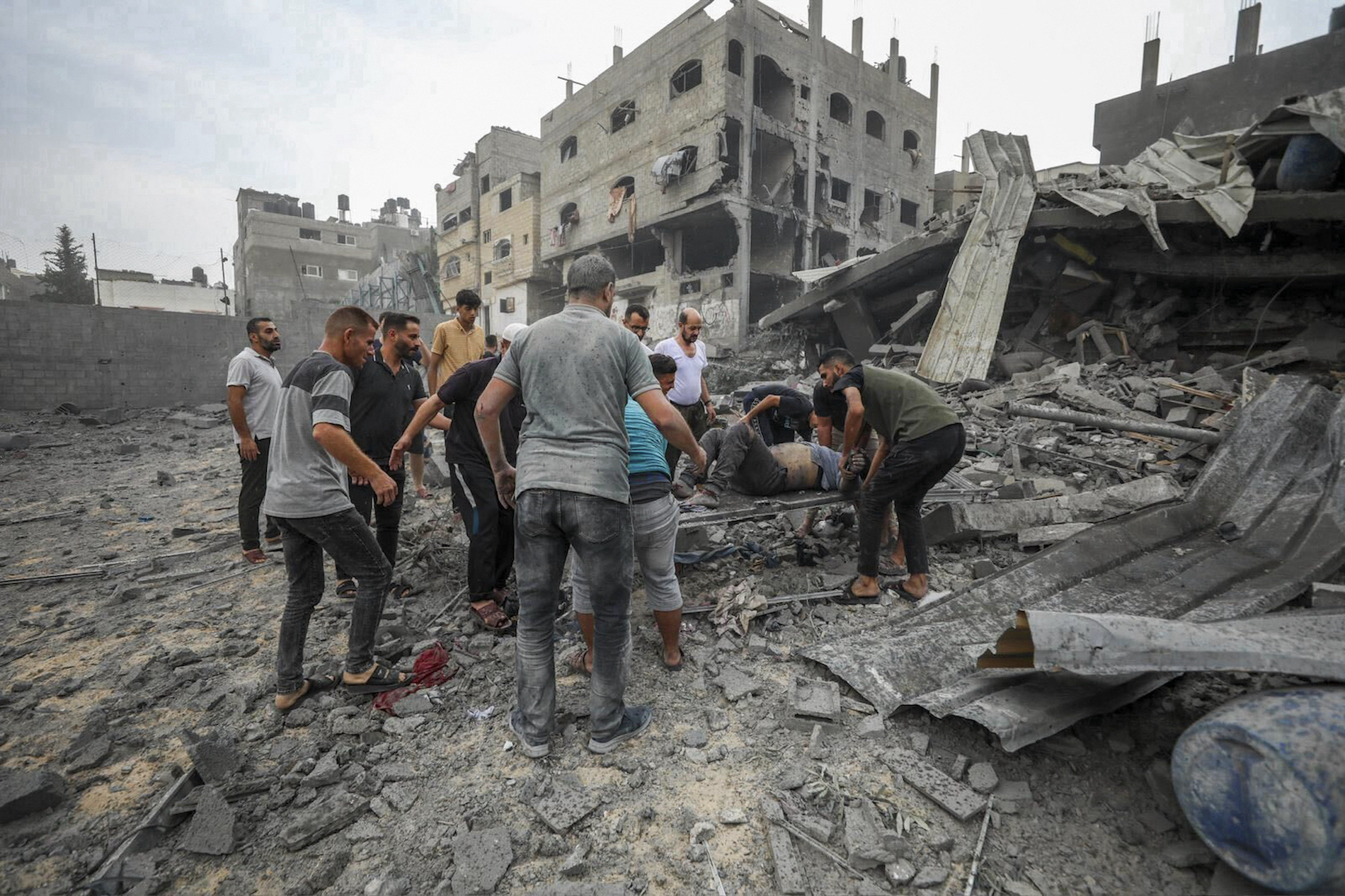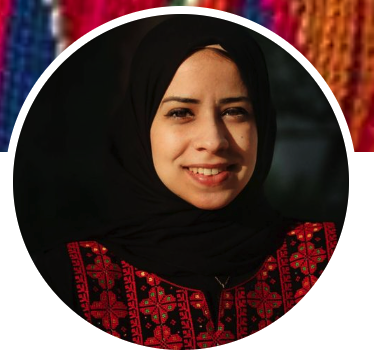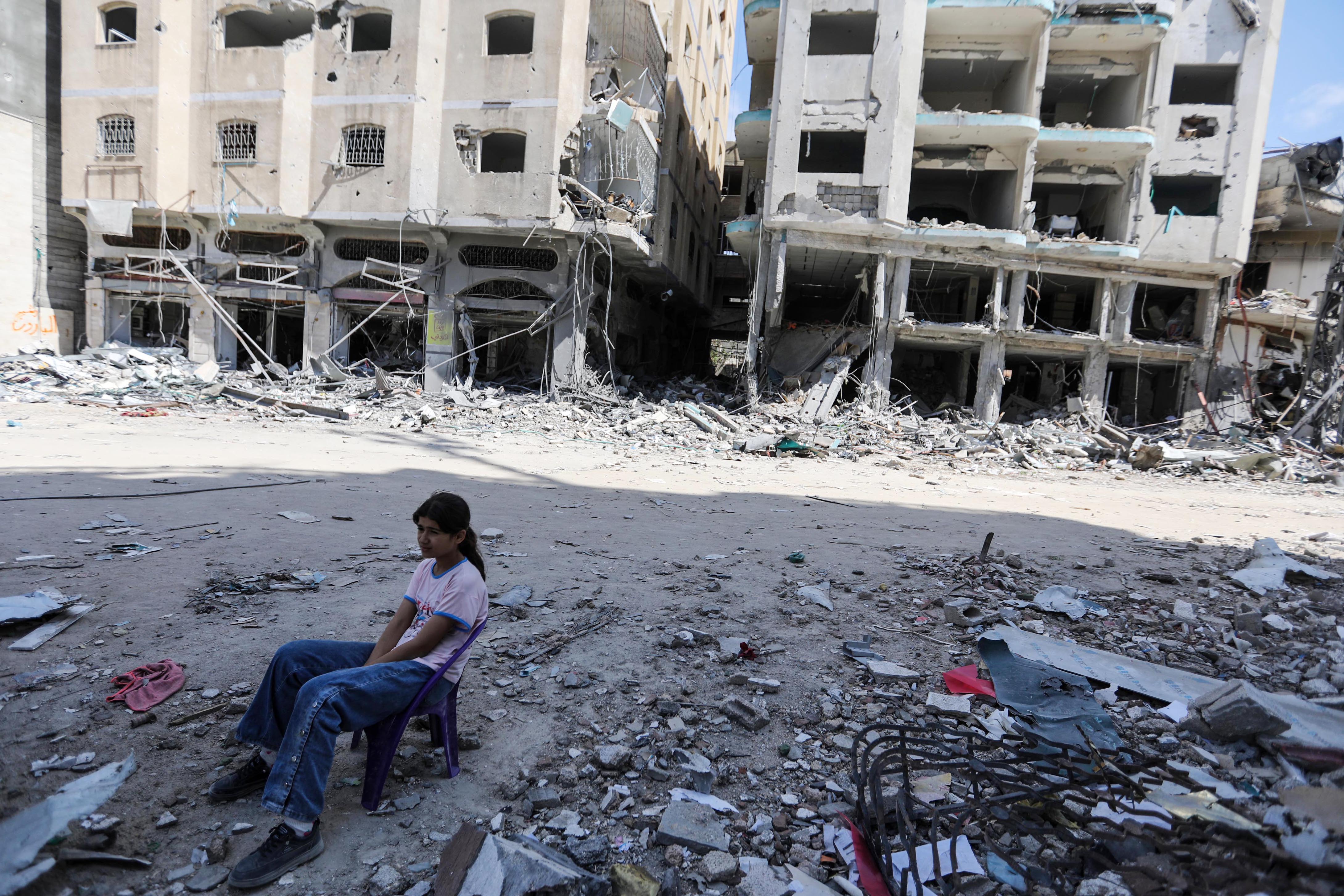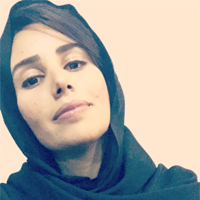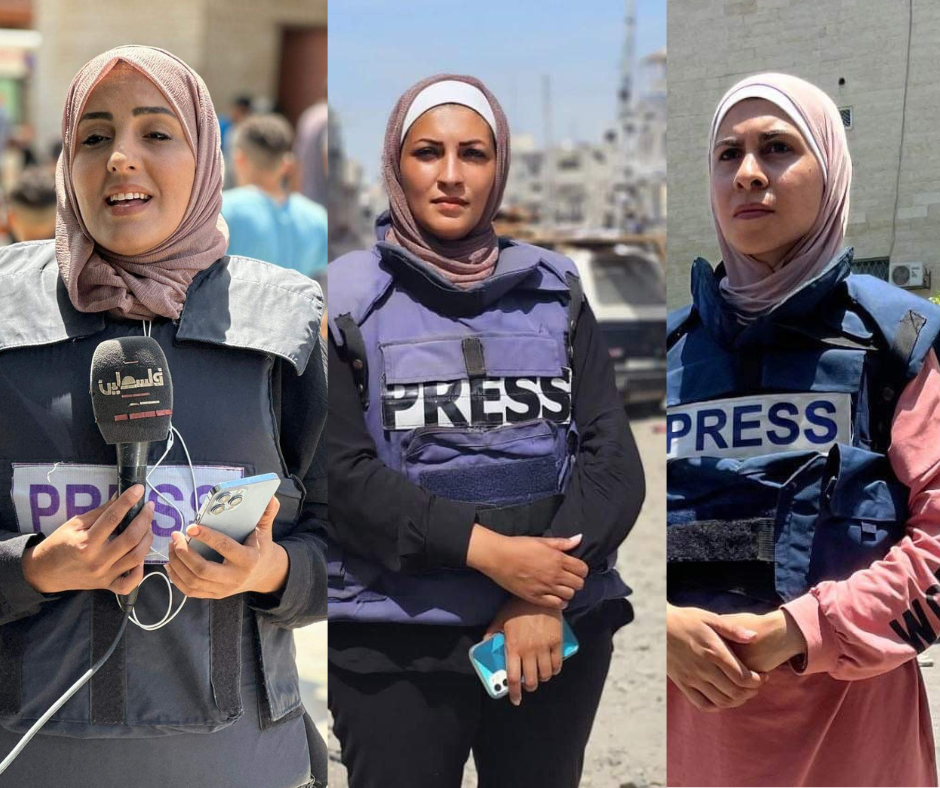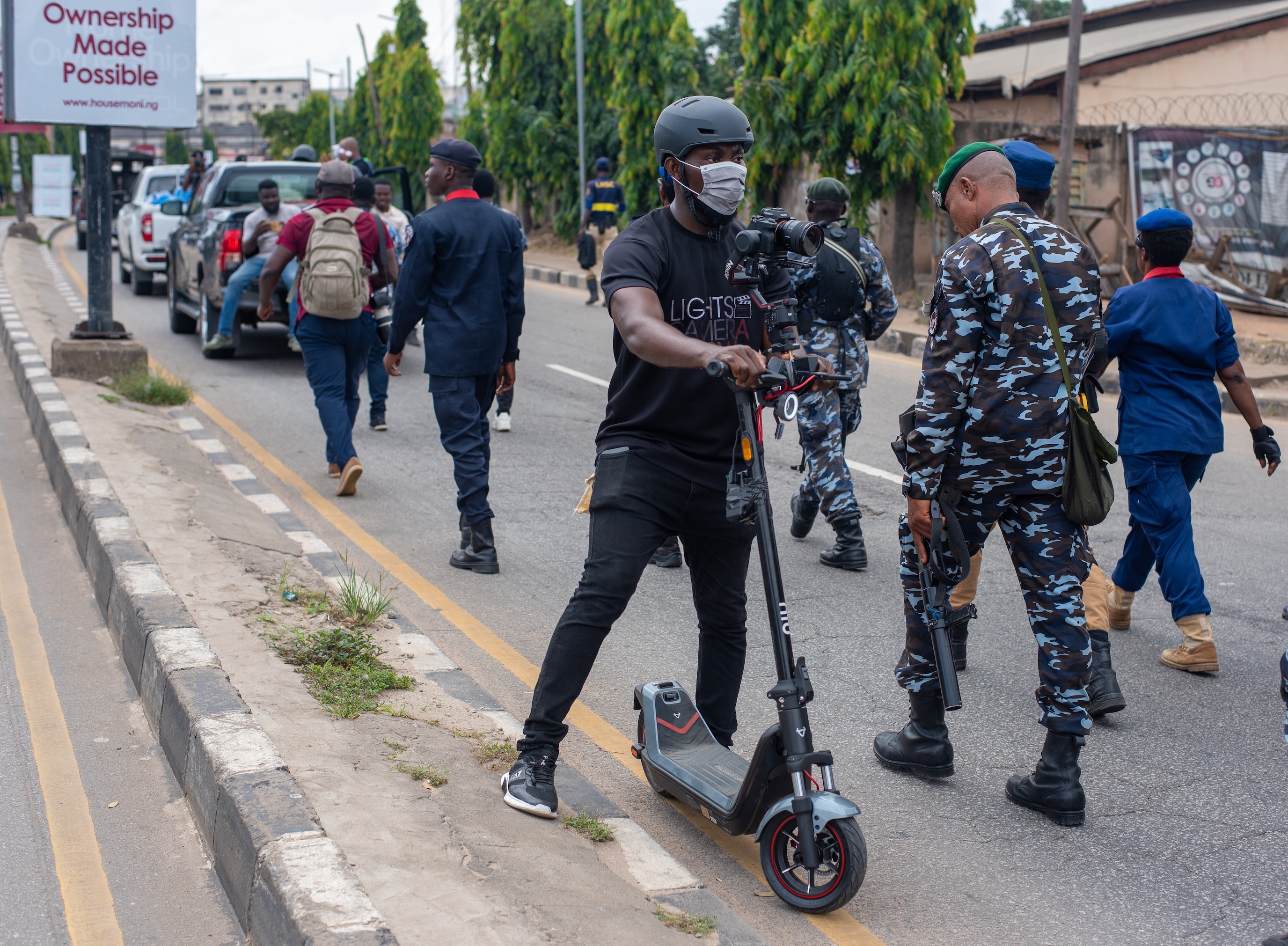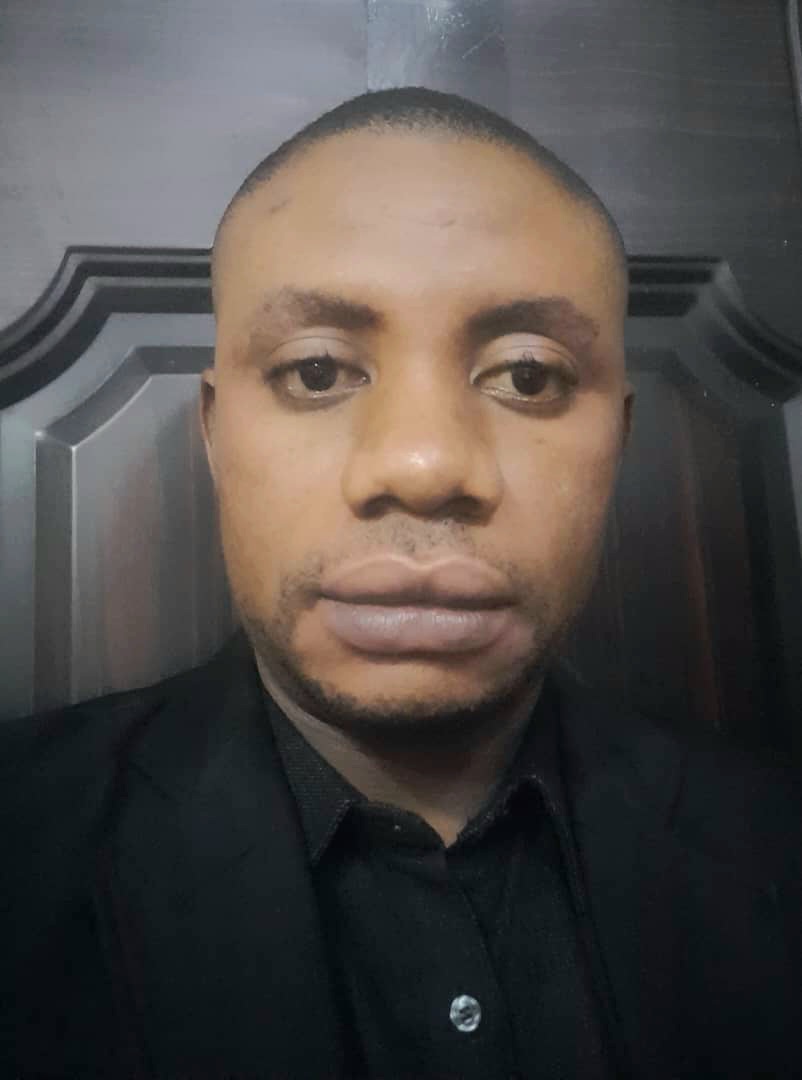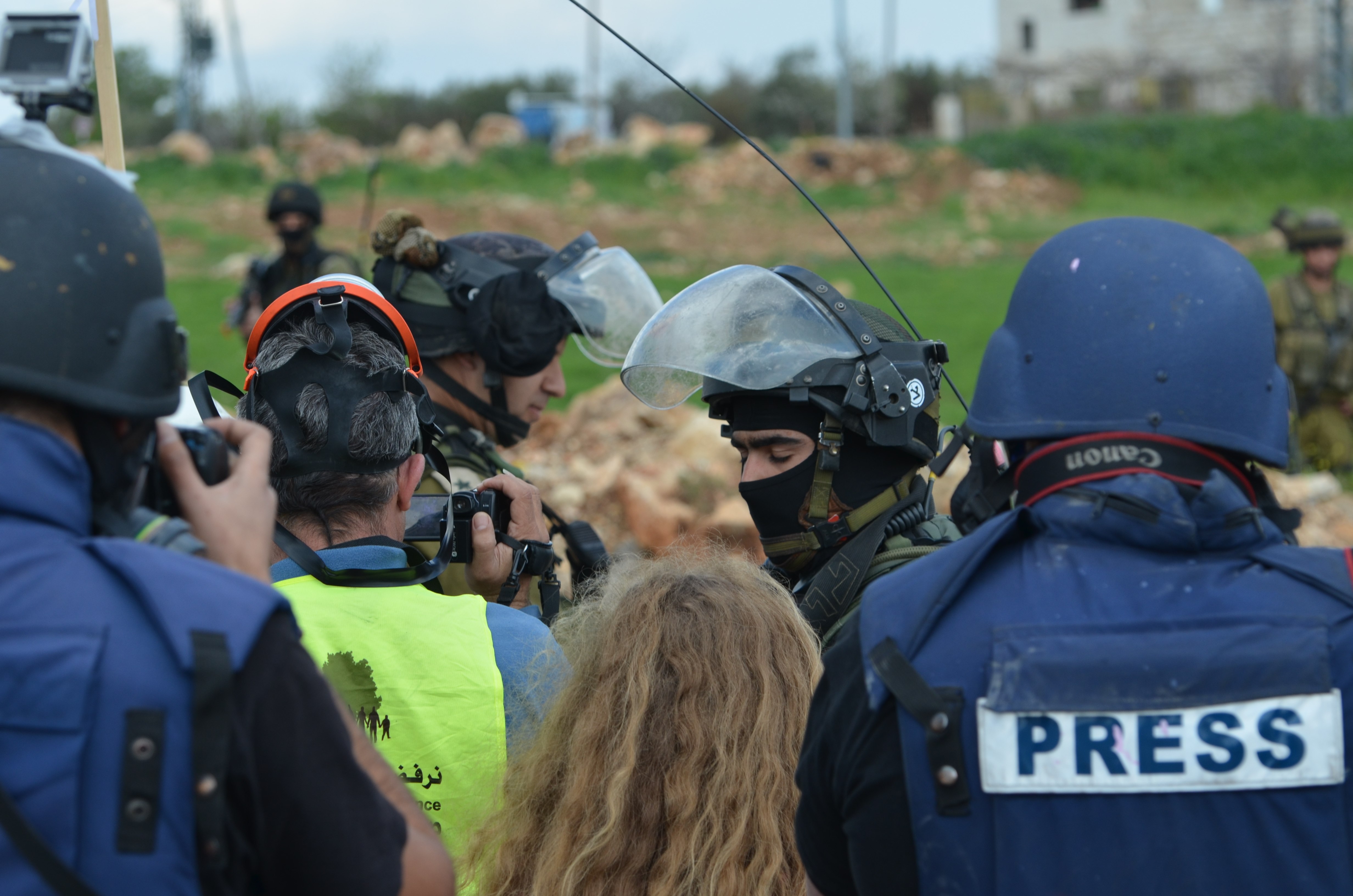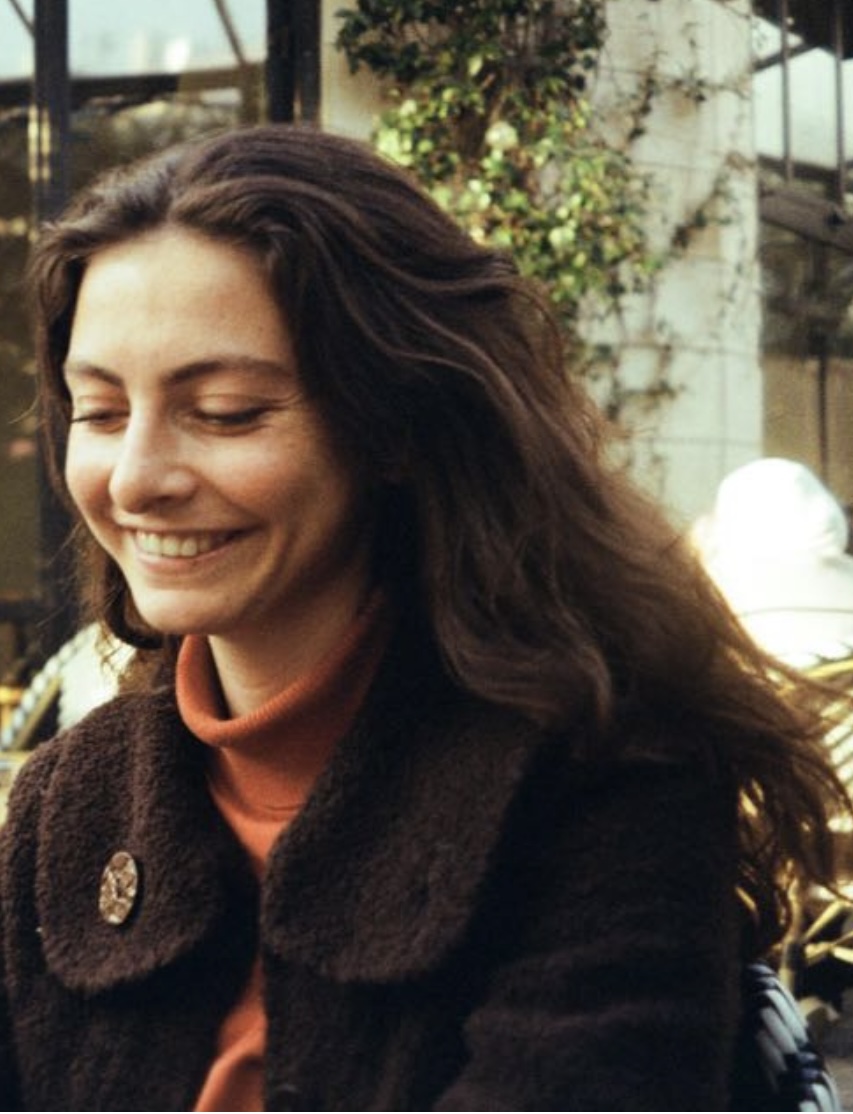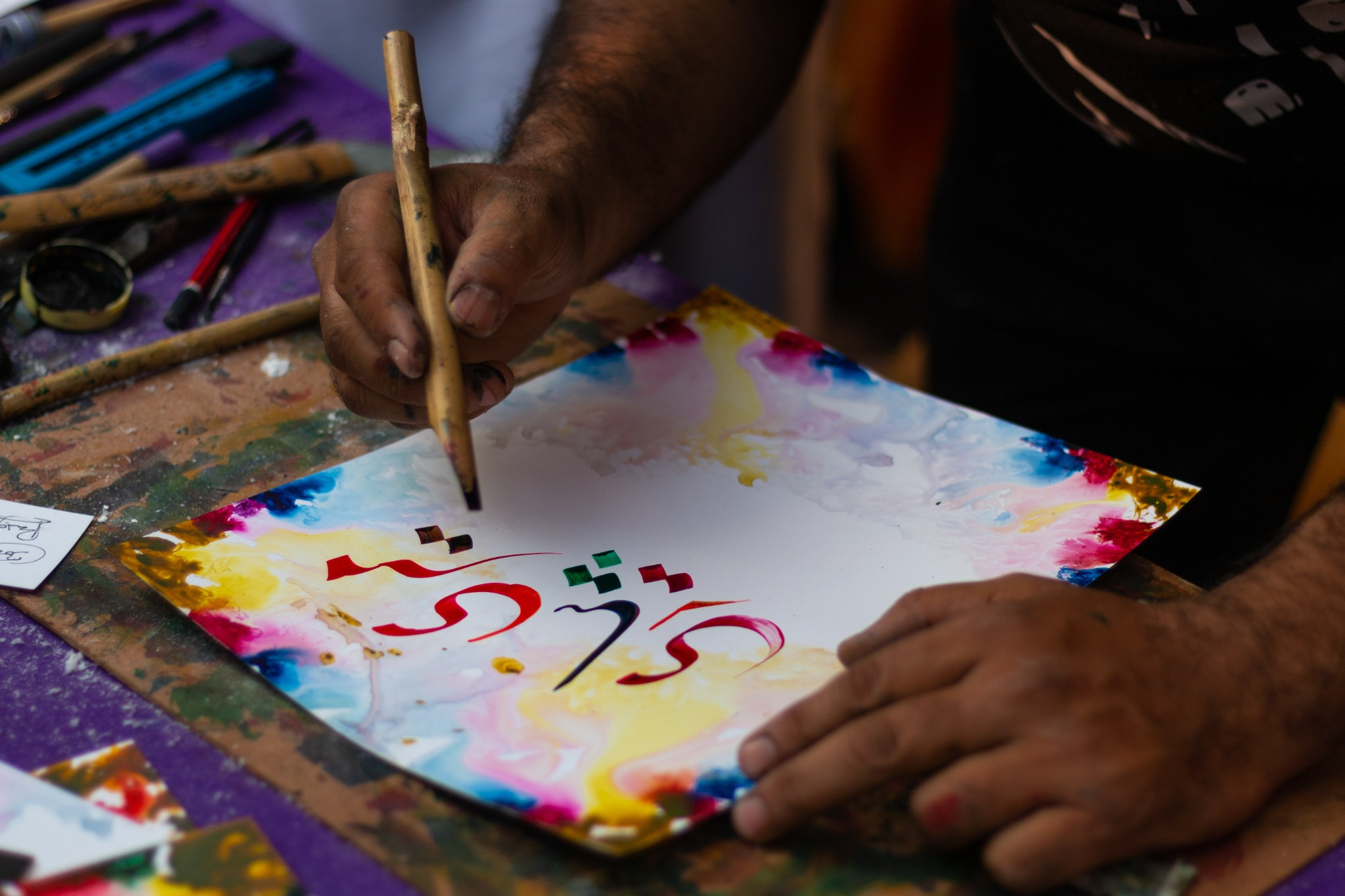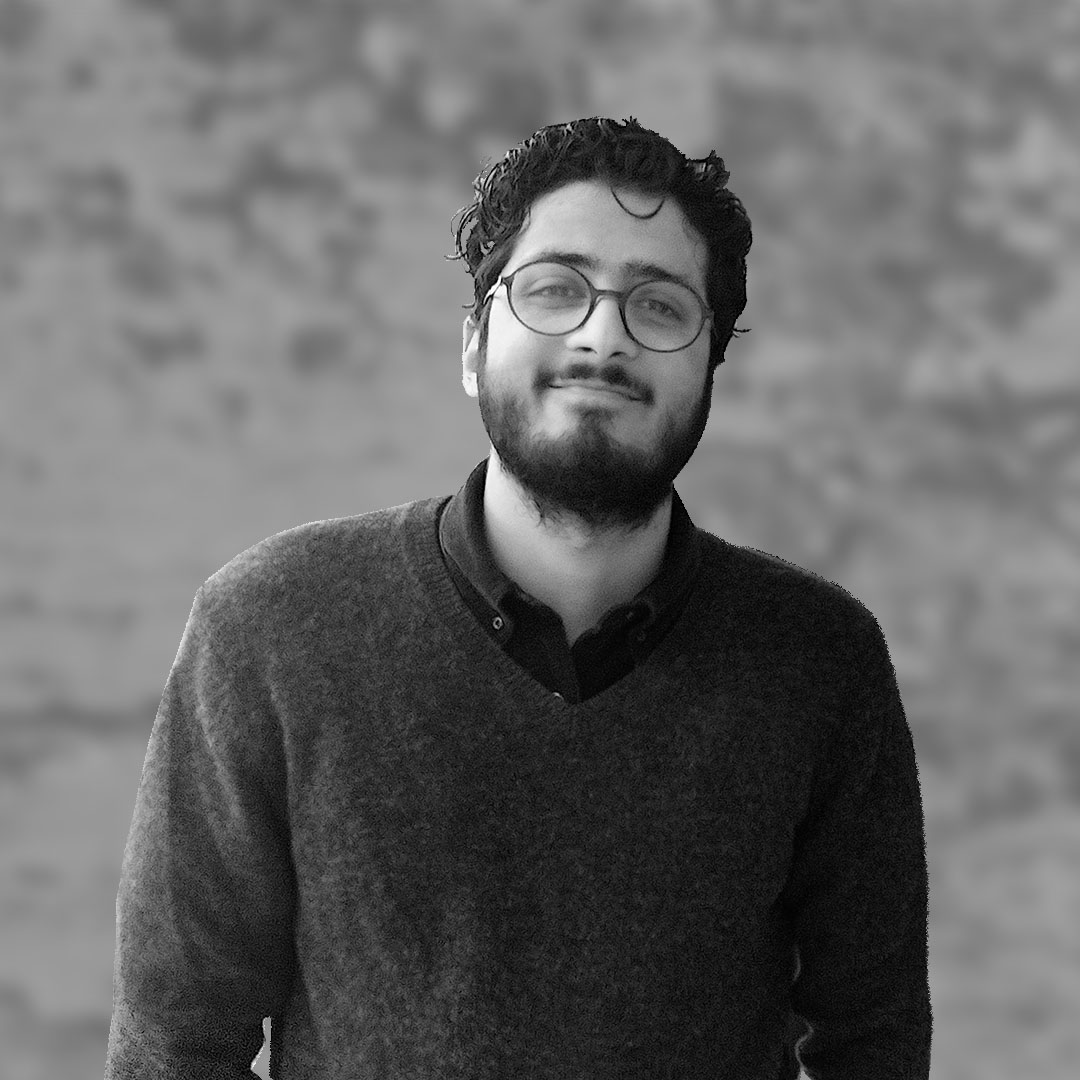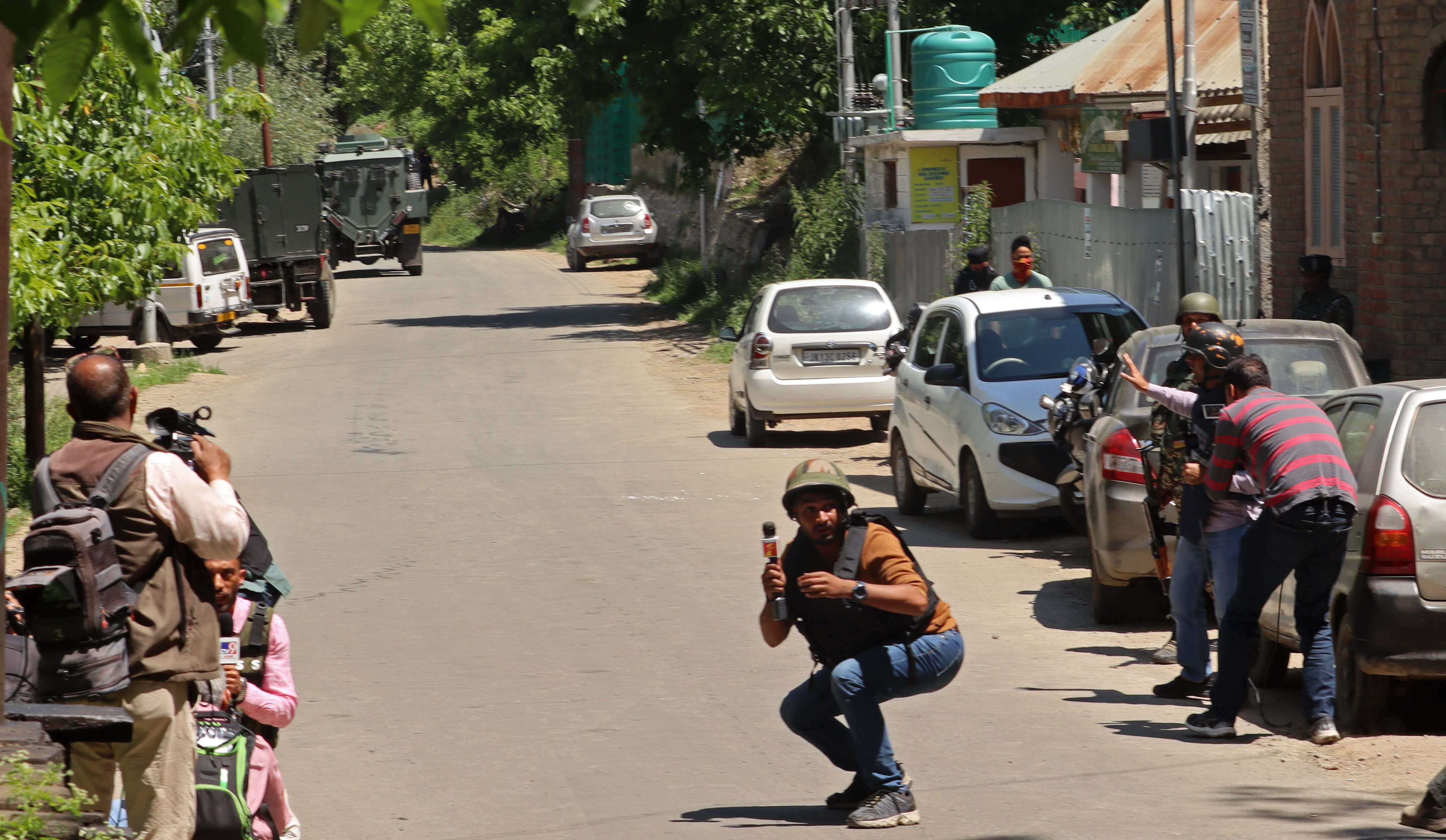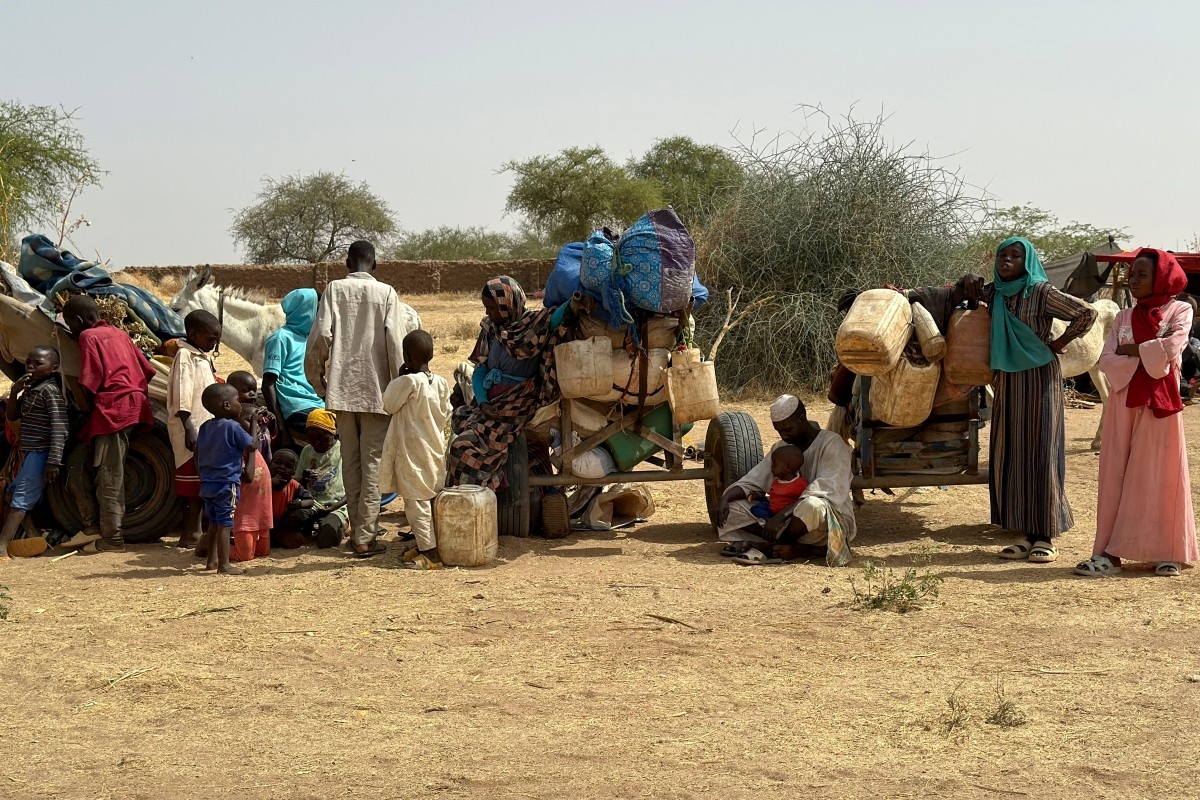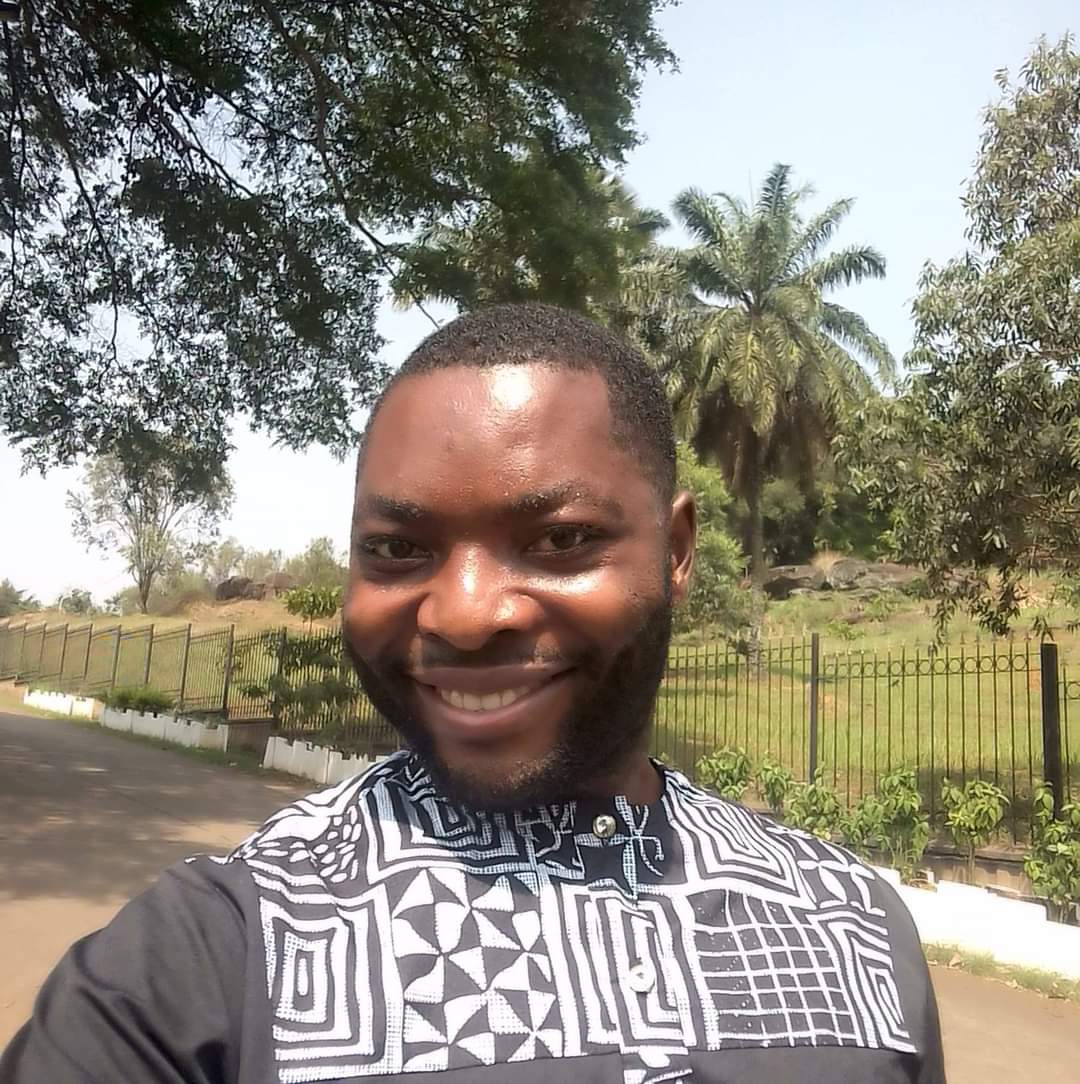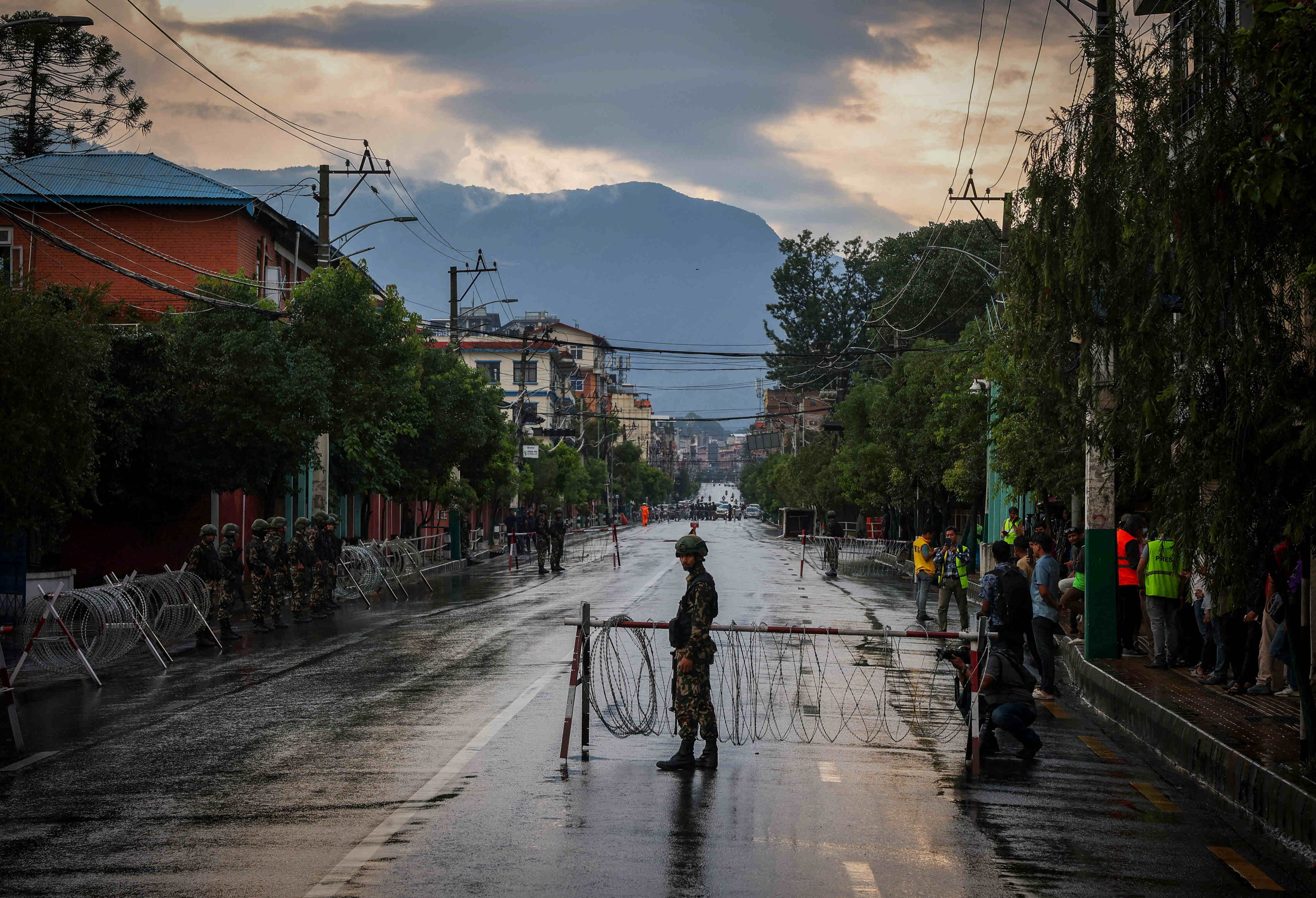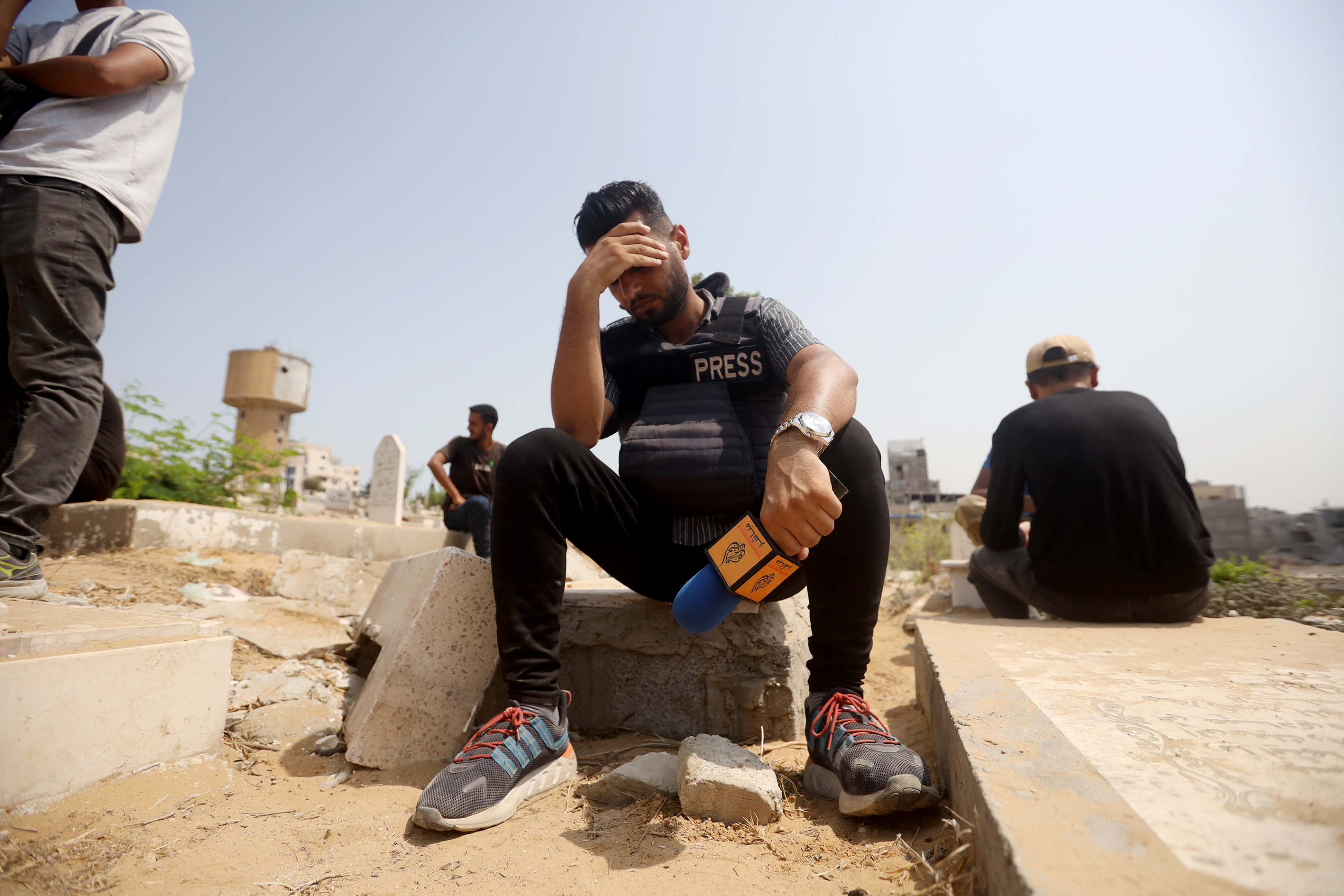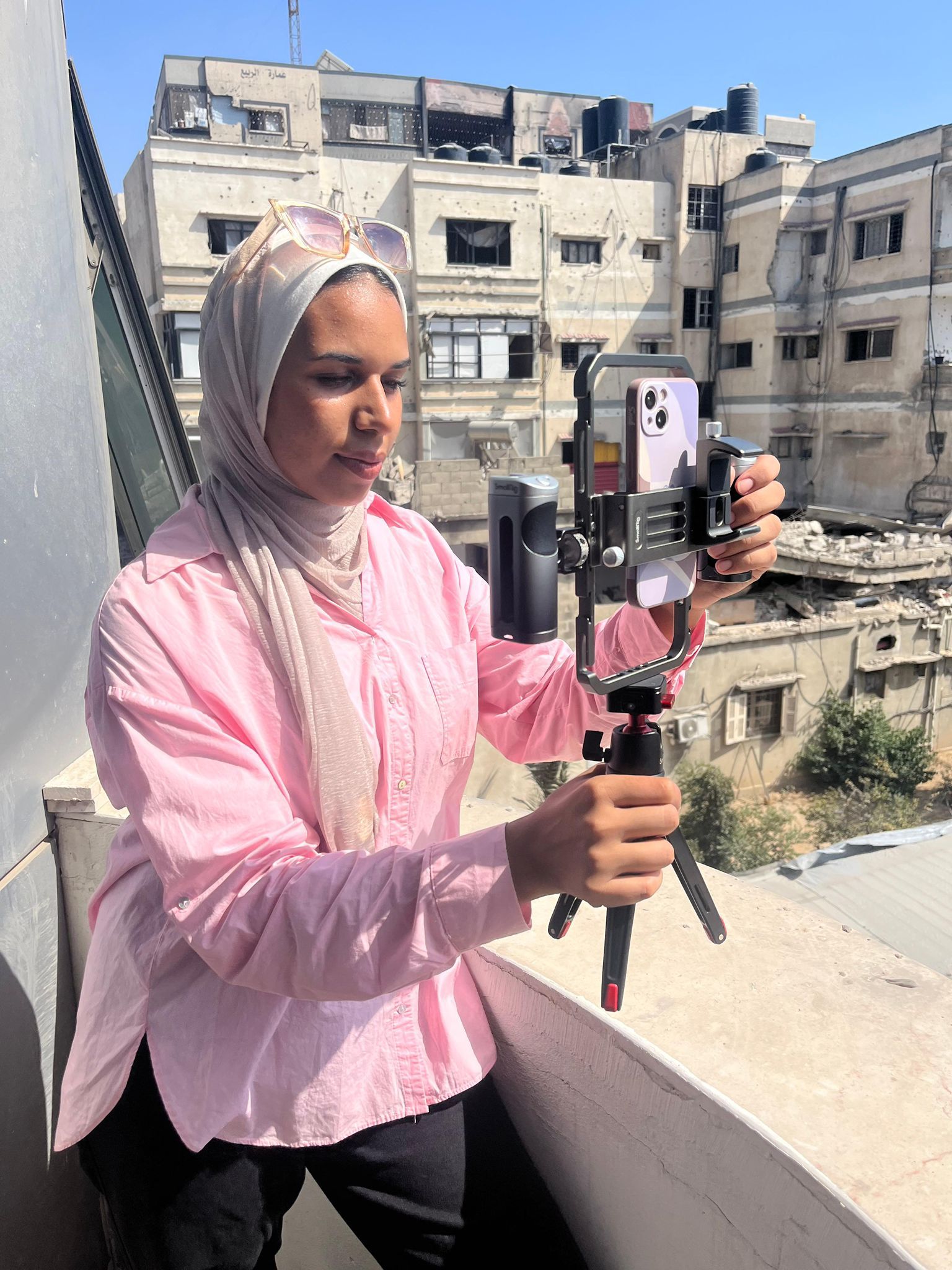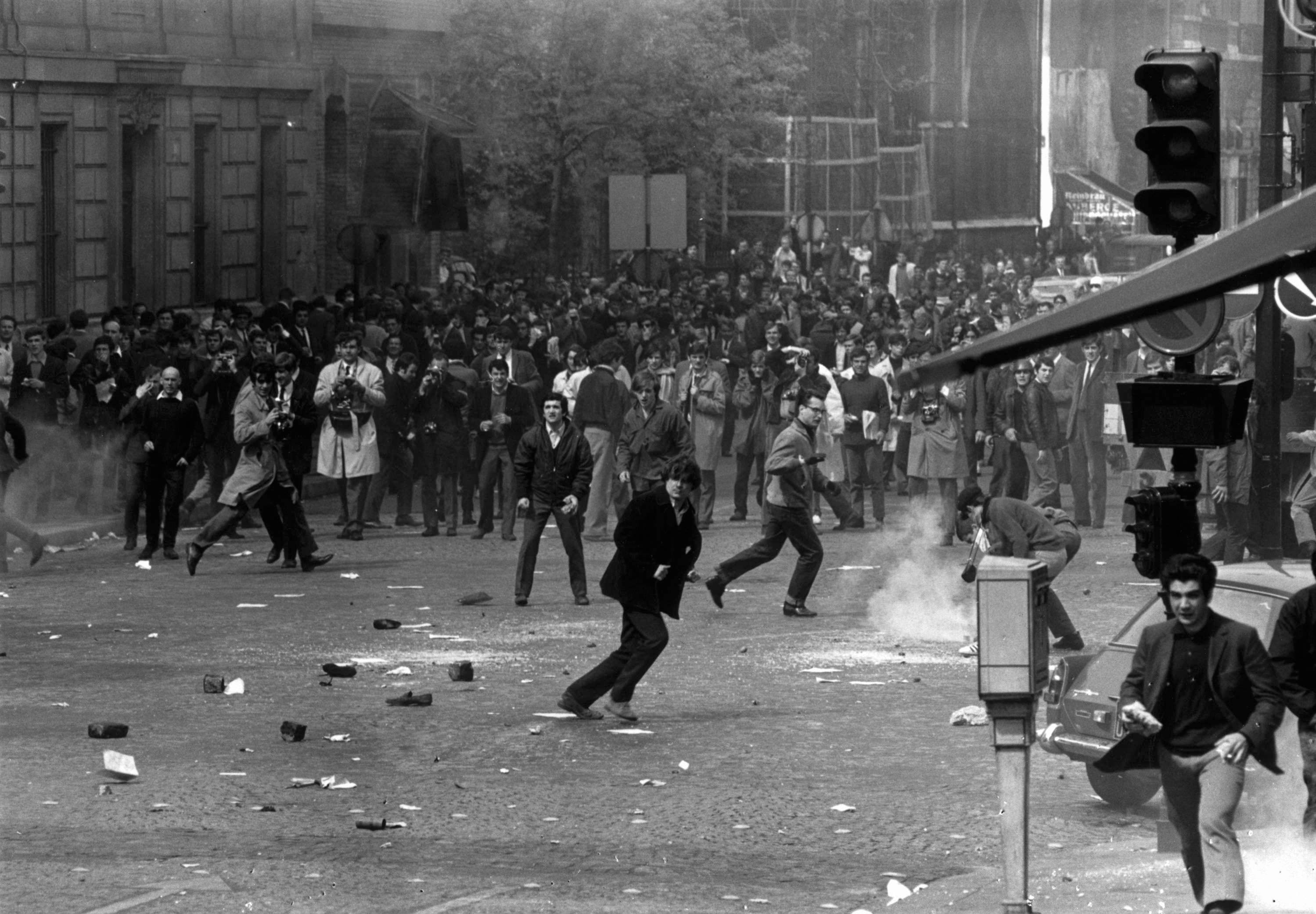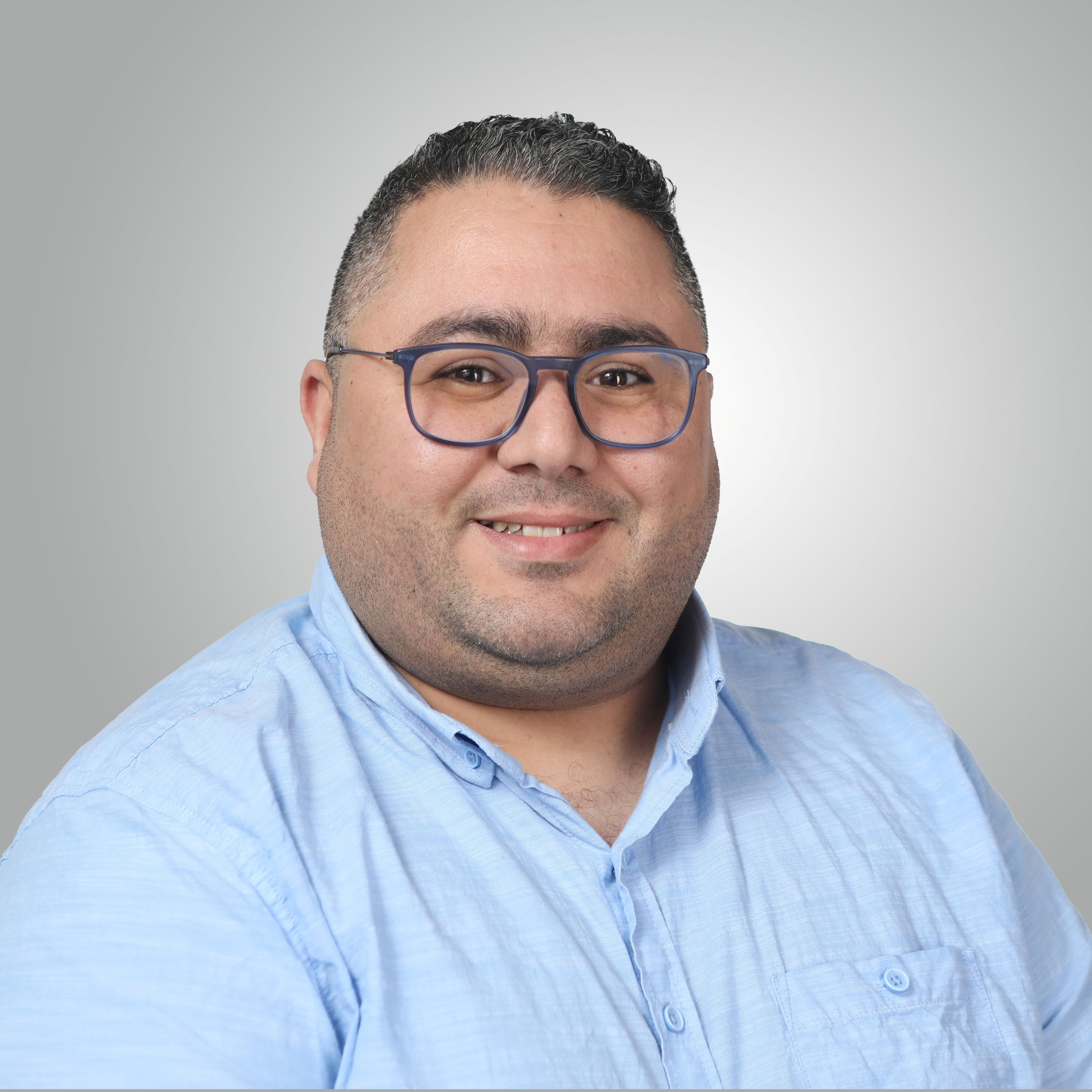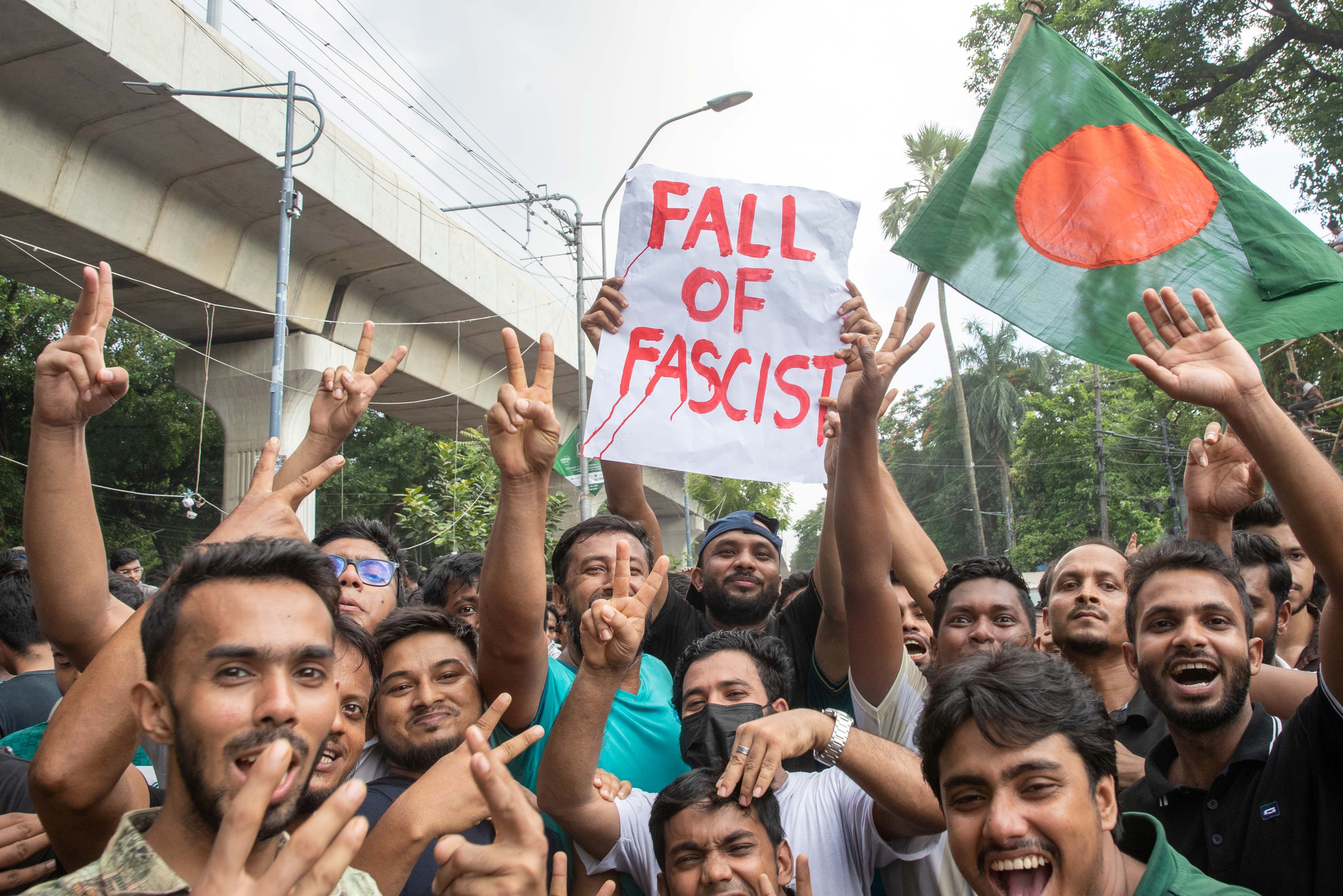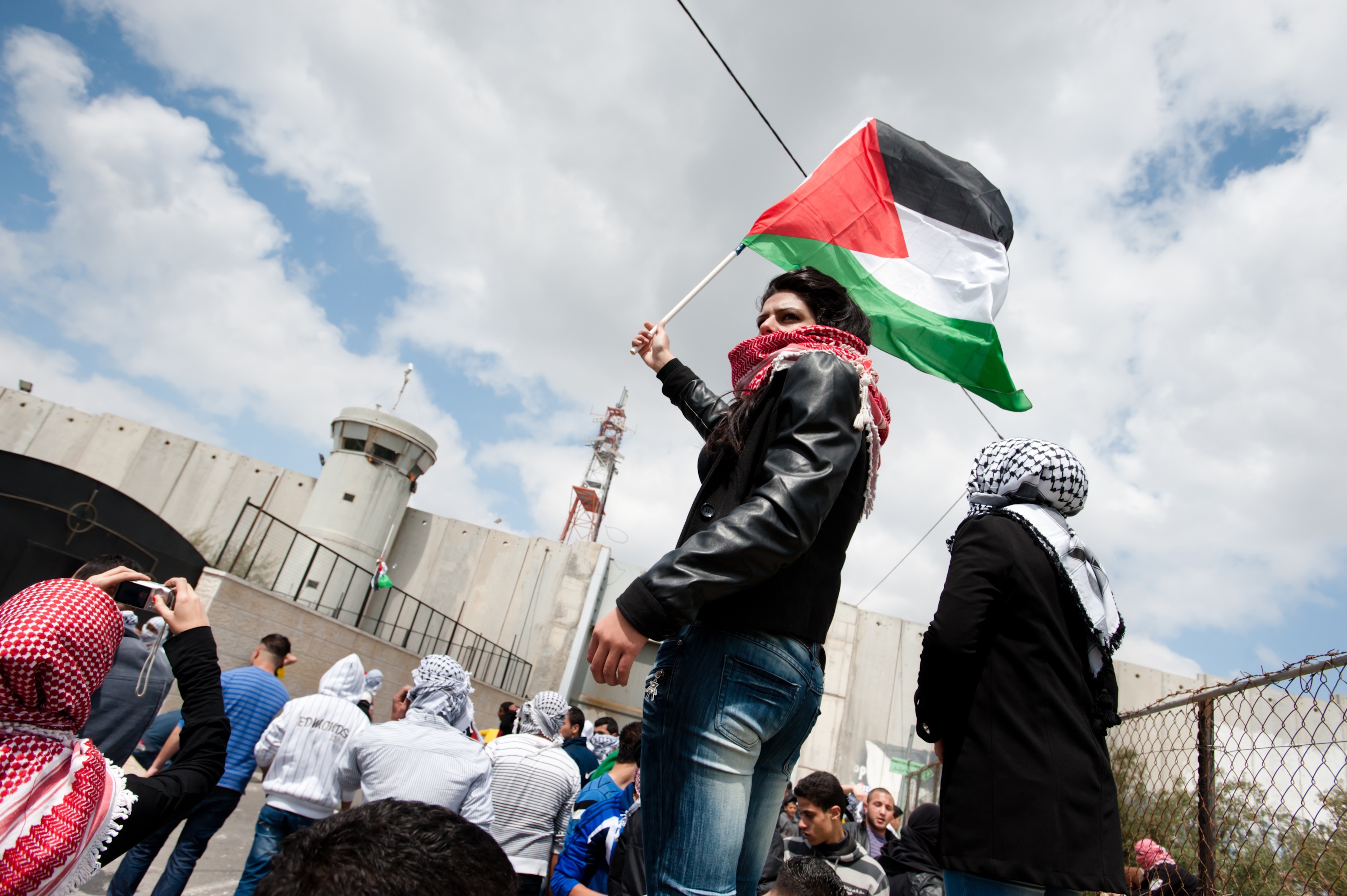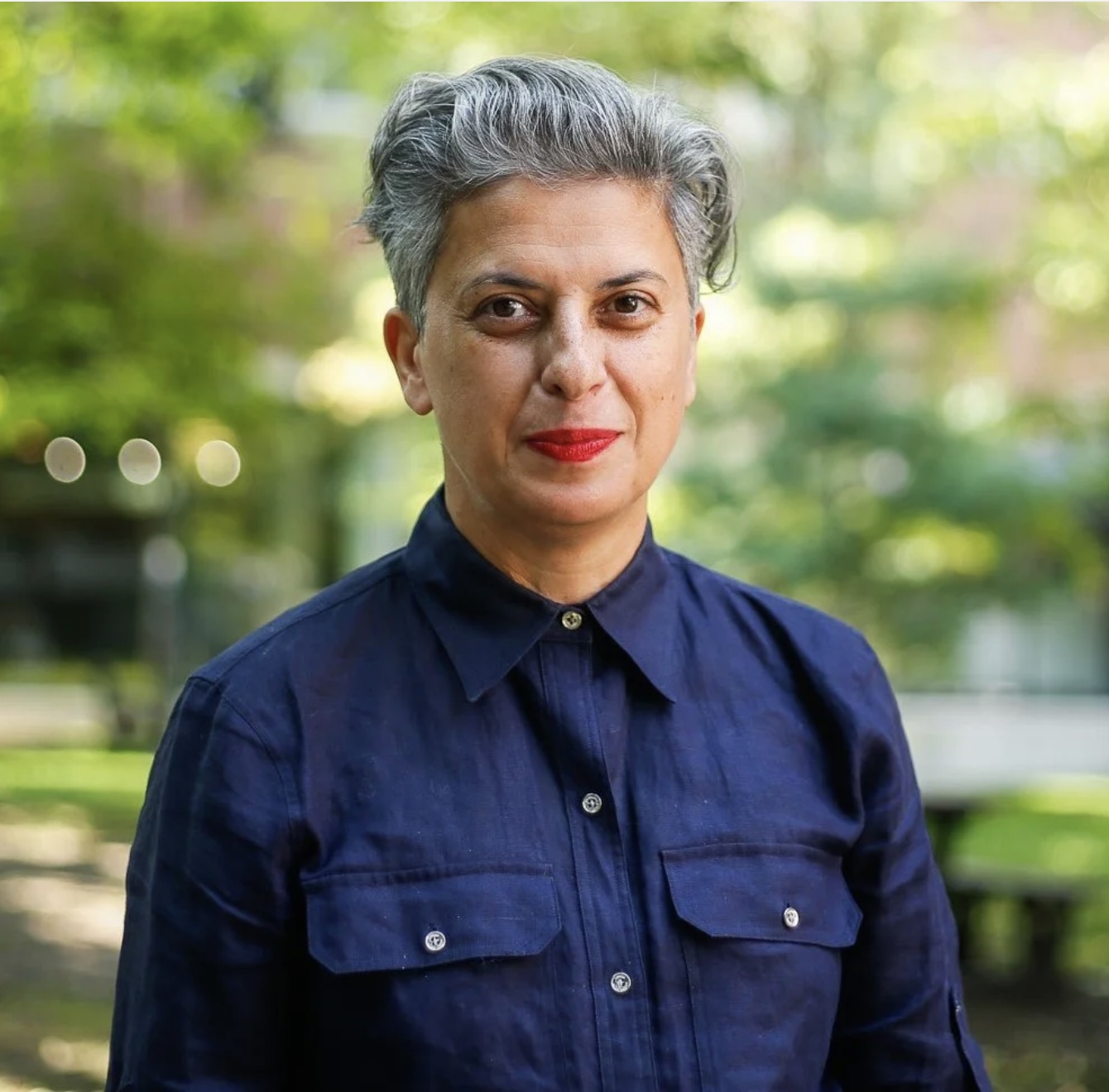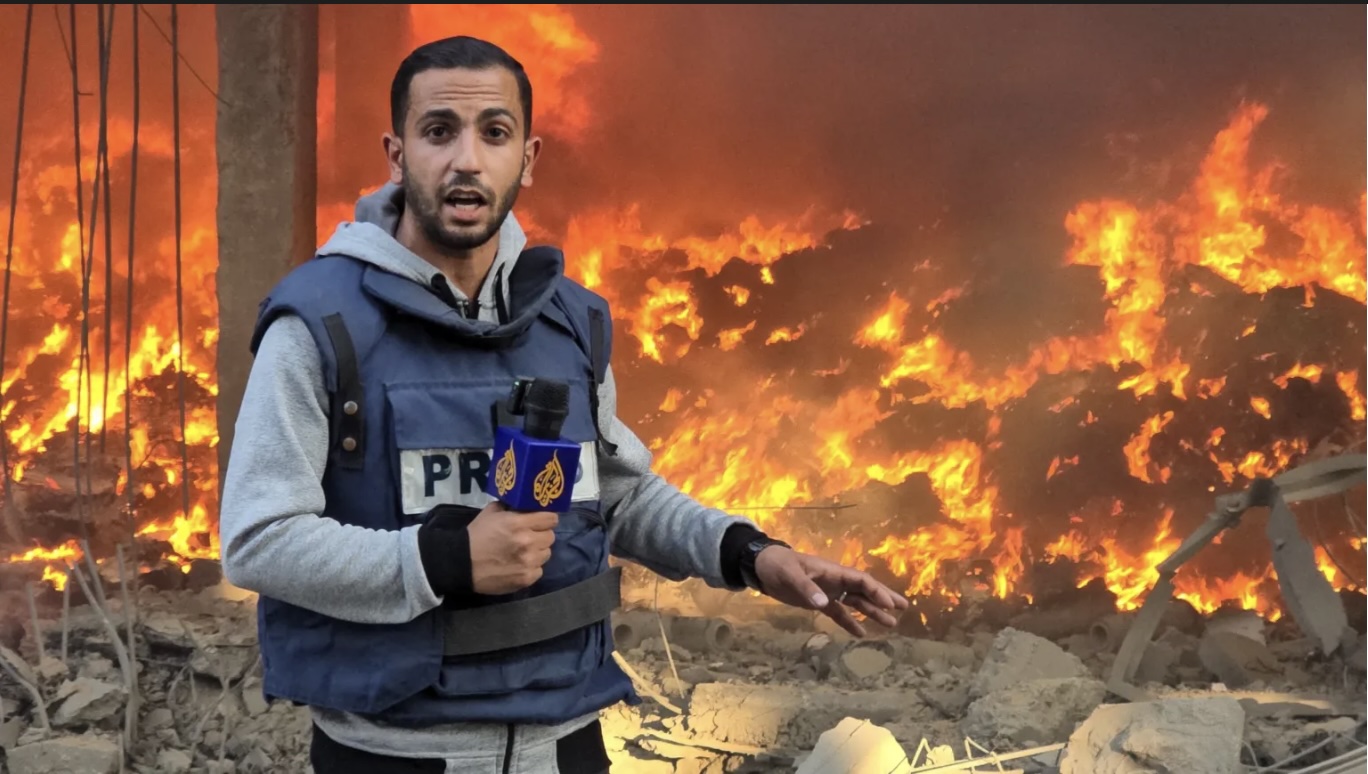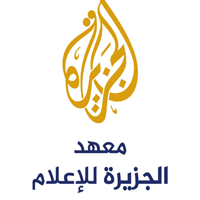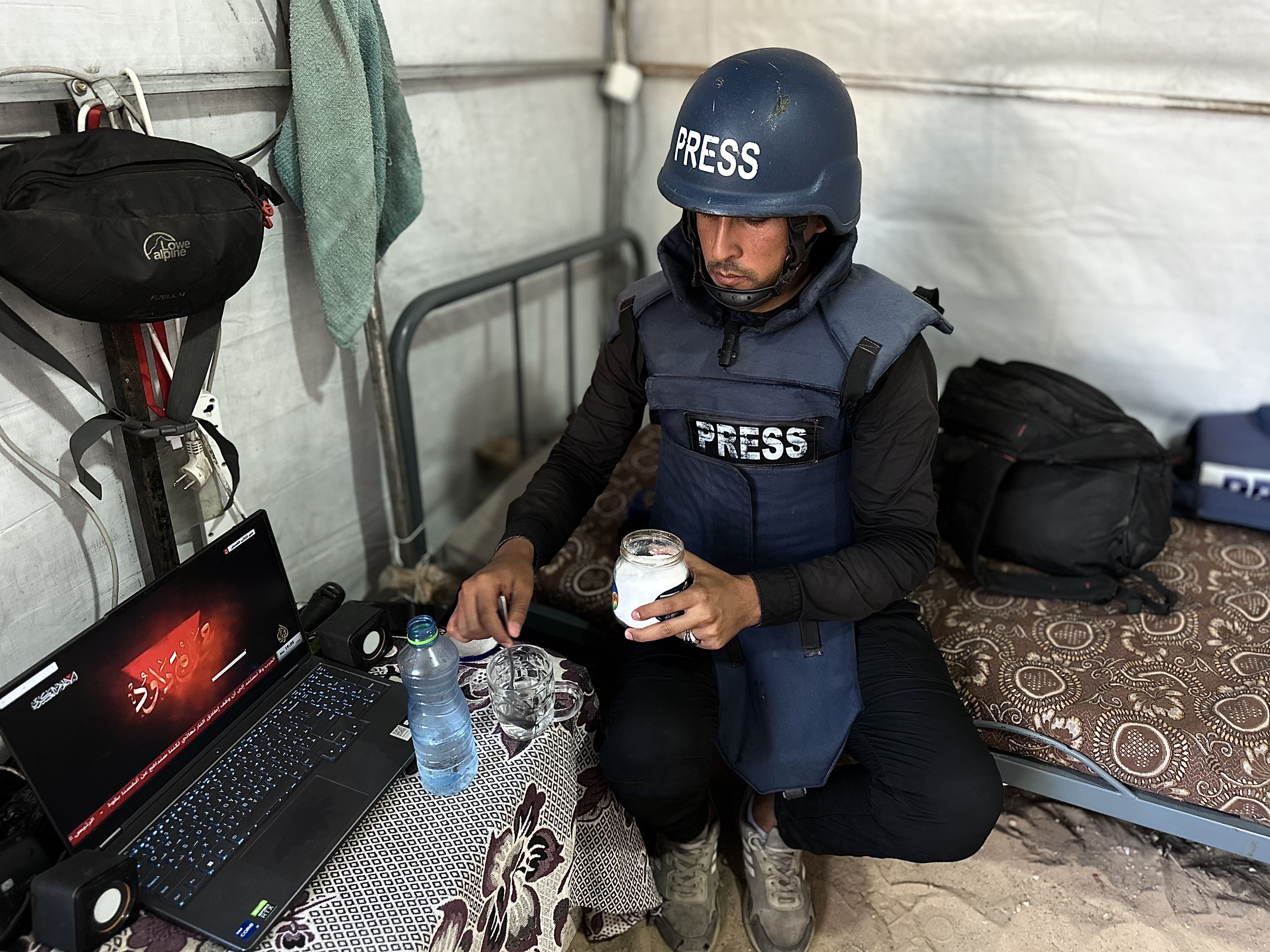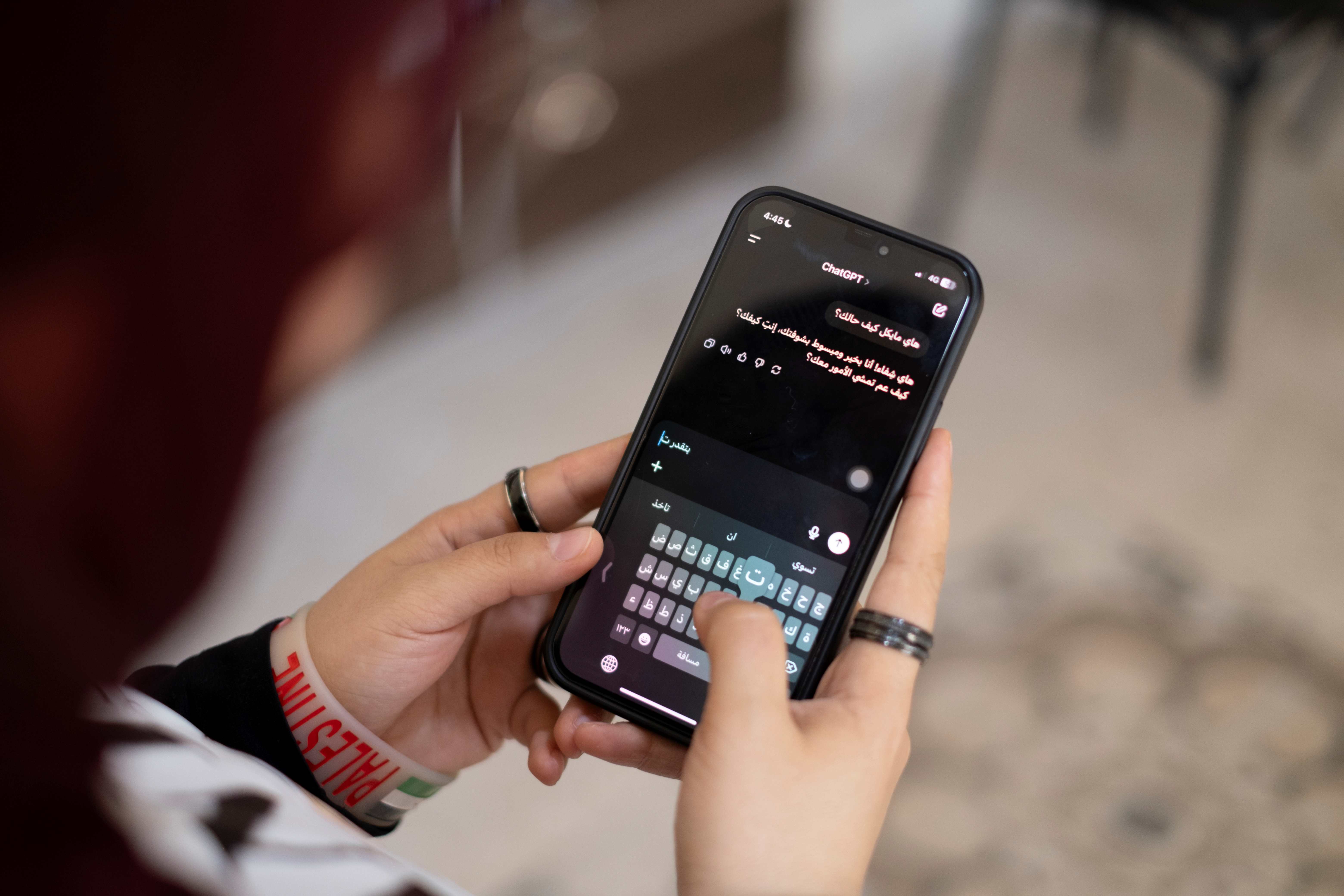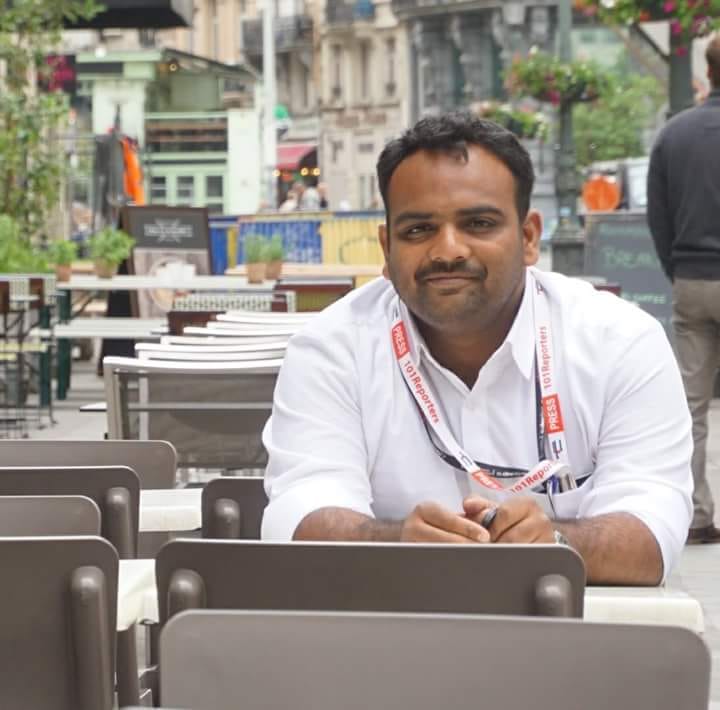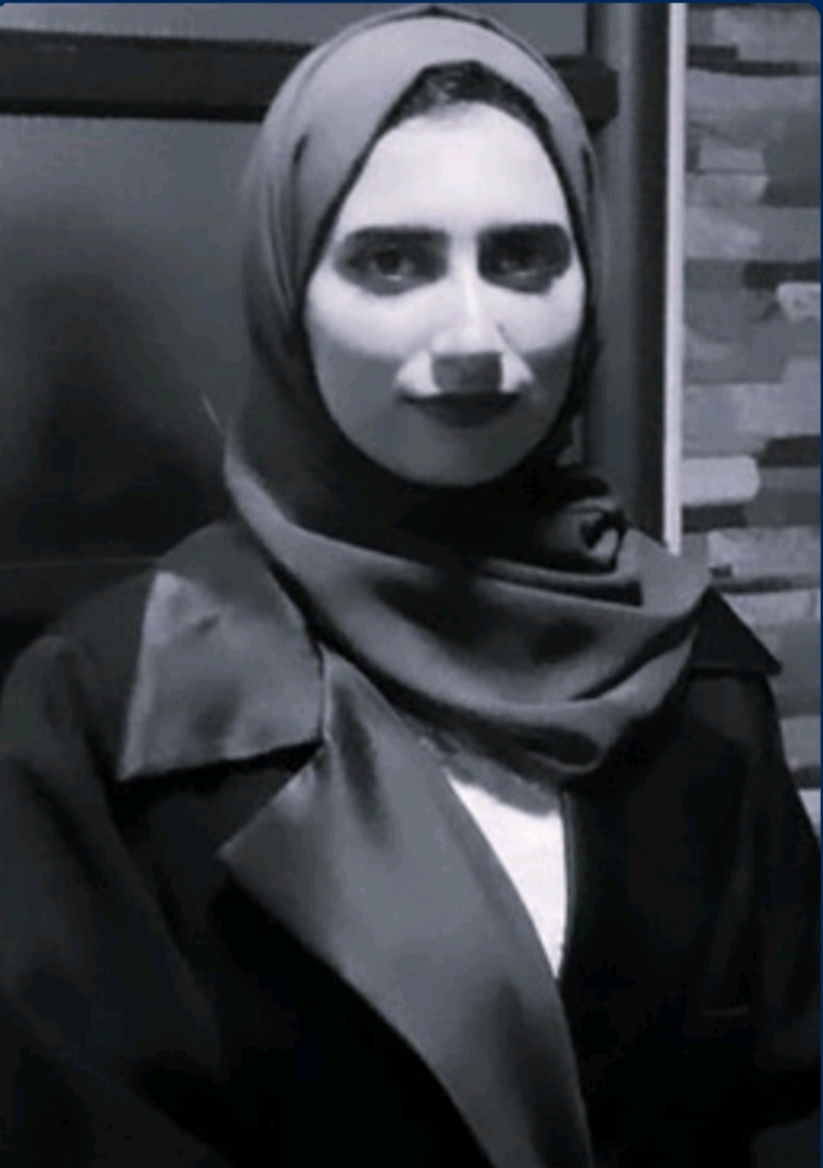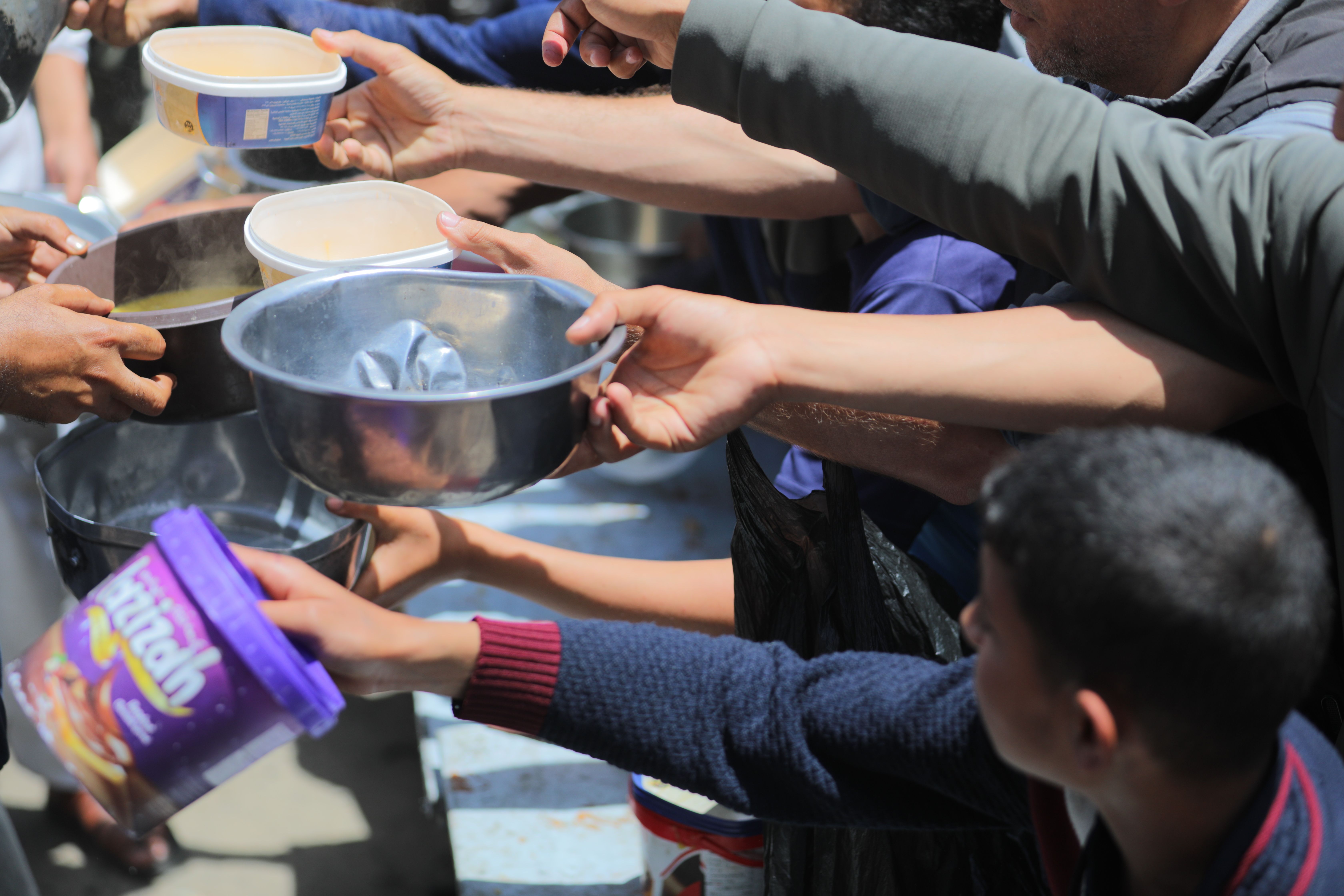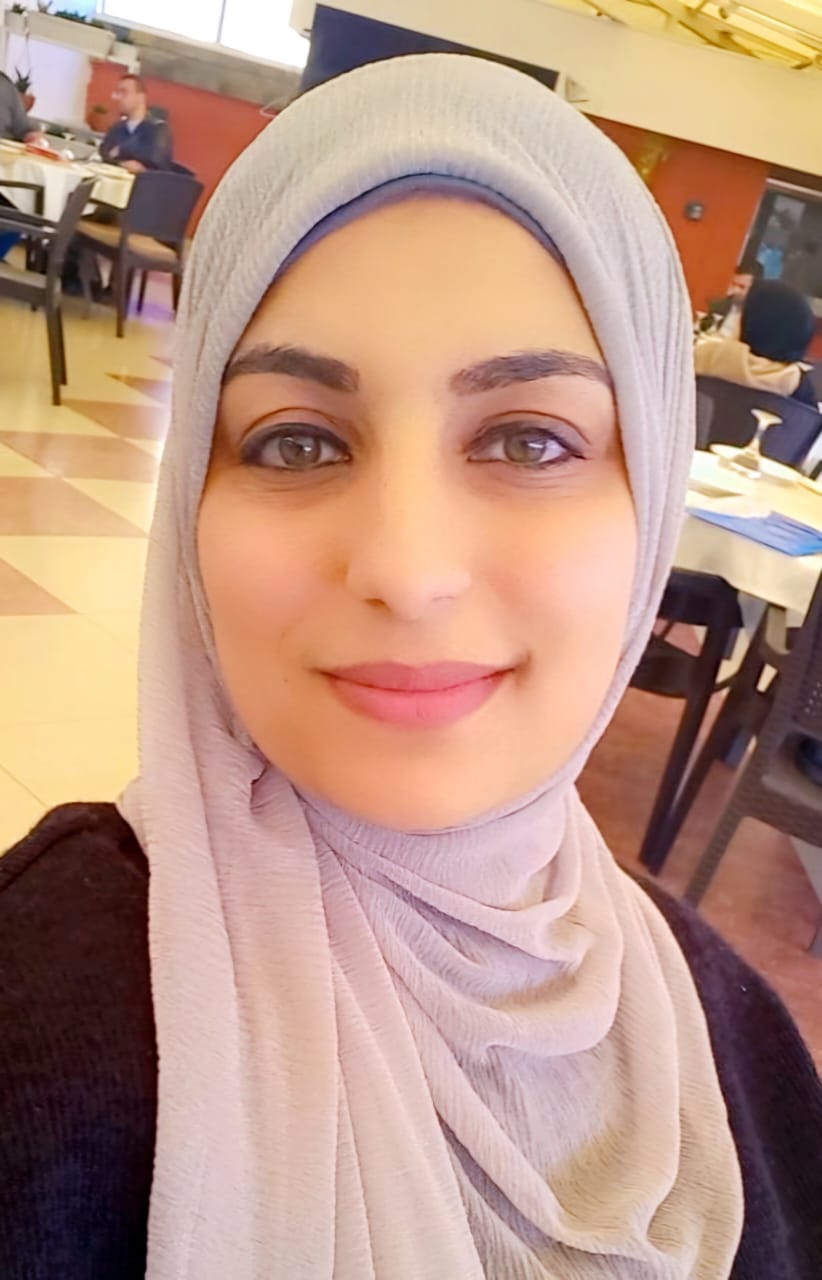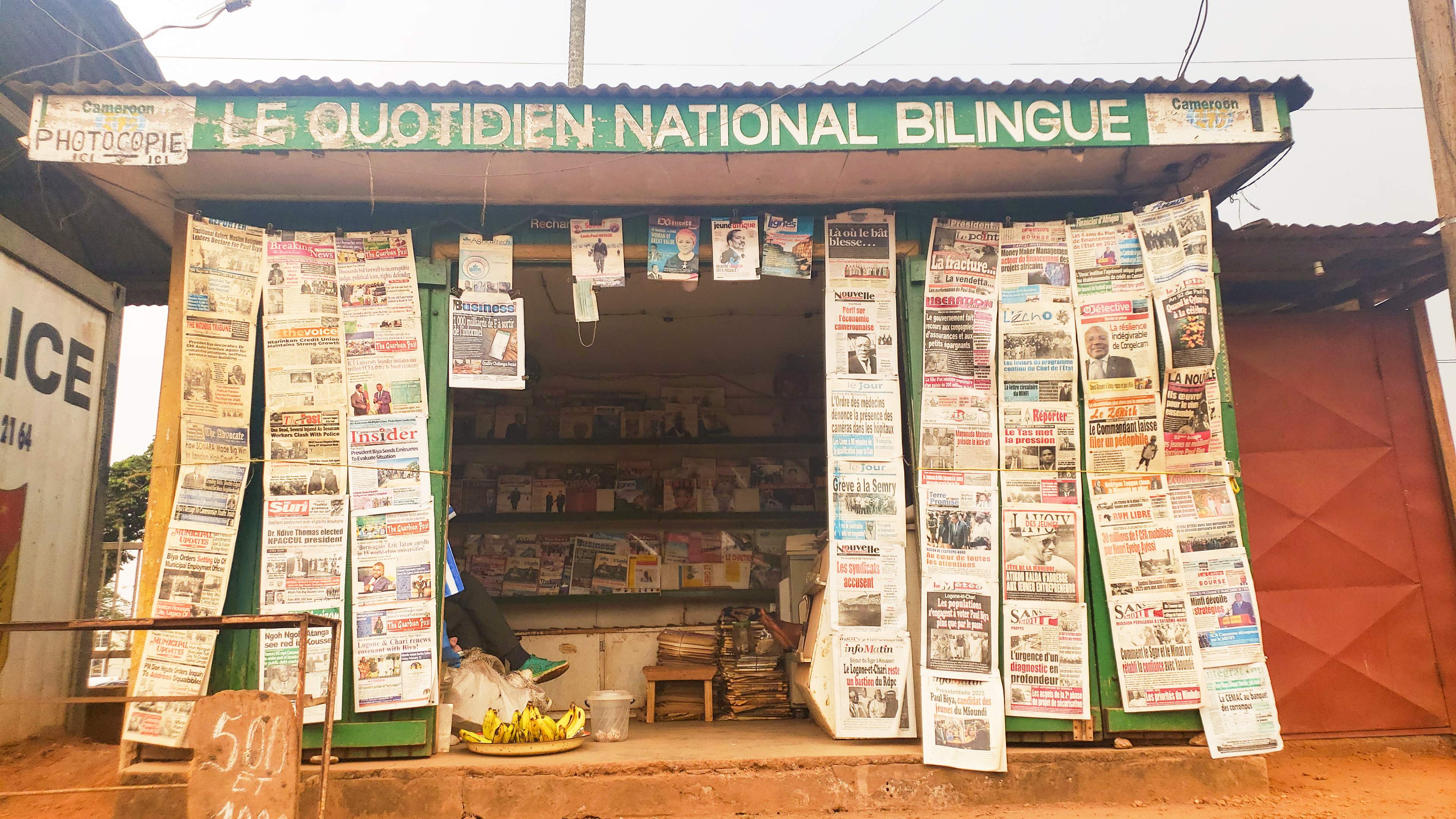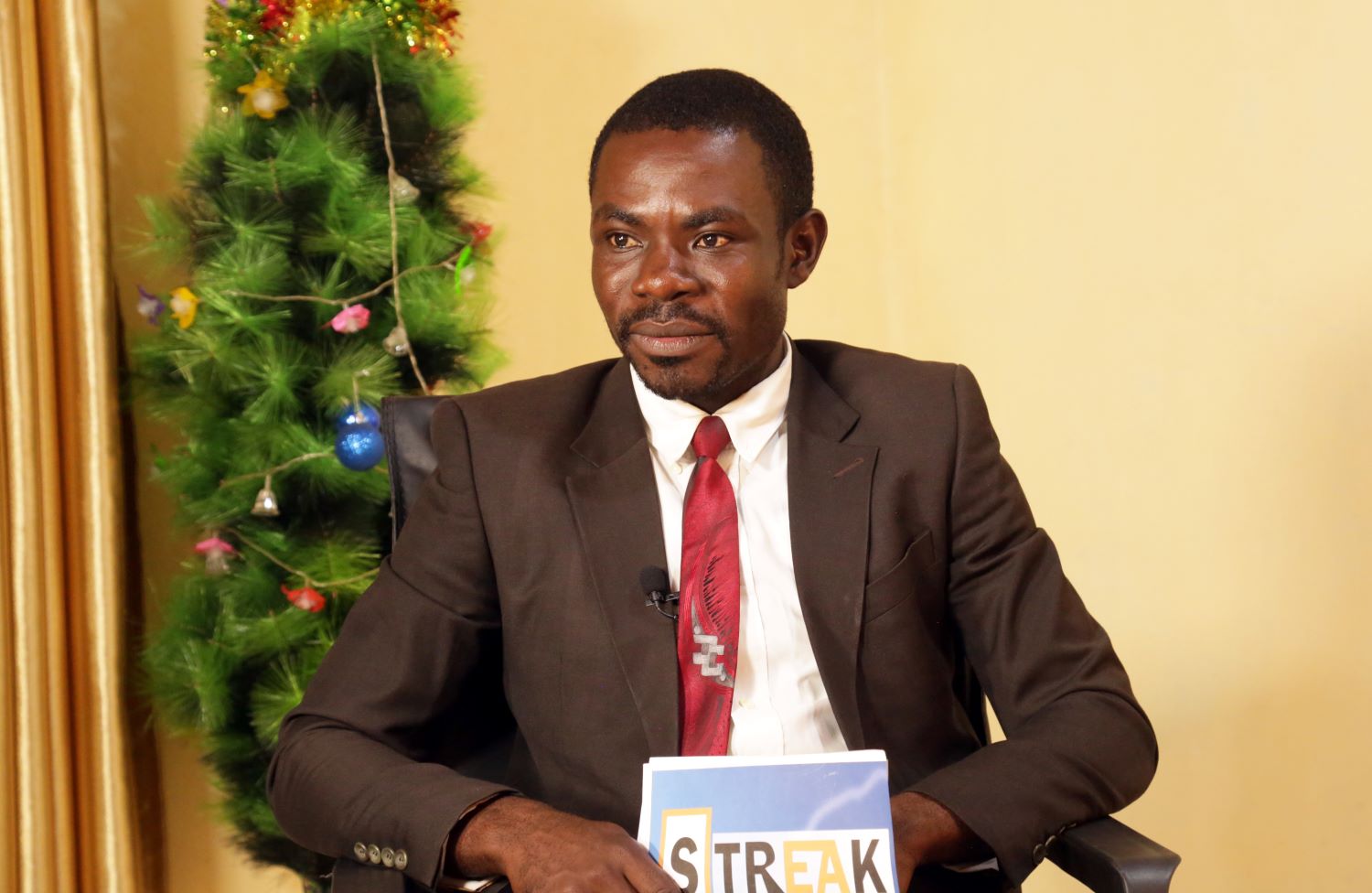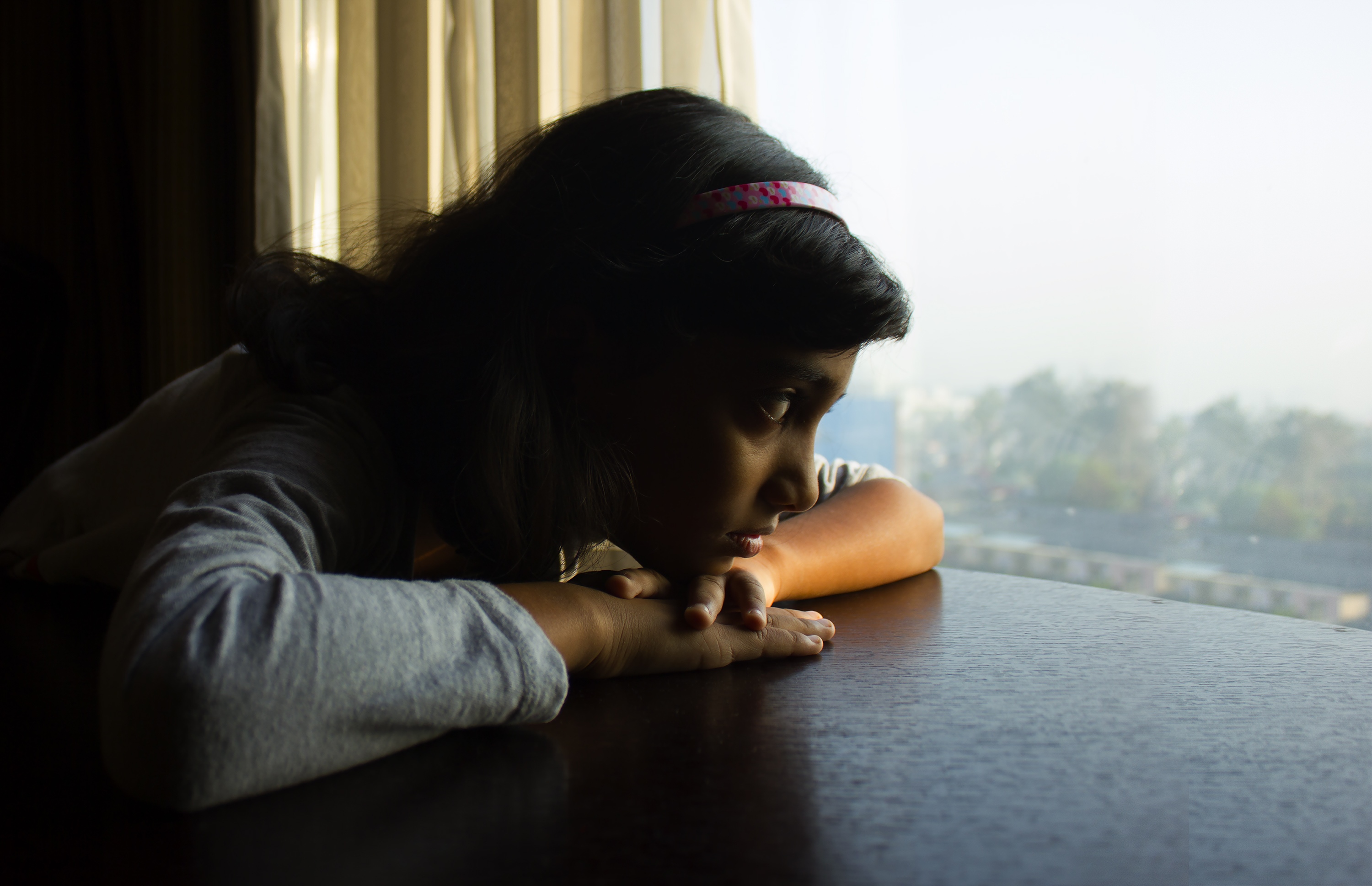This article was originally written in Arabic and translated into English using AI tools, followed by editorial revisions to ensure clarity and accuracy
In the accelerating context of genocide, is the “pace” of death in Gaza outstripping journalists’ ability to capture human stories? How can they be expected to take their time crafting narratives amid hunger, displacement, and death? And to what extent can postwar documentation hold journalistic value in preserving collective memory and pursuing accountability for the perpetrators?
In recent days, a Palestinian photojournalist published a picture of a woman lying down, cradling the body of her elderly husband who had just been killed, on a bed inside a makeshift hospital in the Gaza Strip. The photographer captioned the scene: "Her husband was martyred, and for an hour she’s been in this state, refusing to let him go." To this moment, not a single story has been written that tells the details behind this haunting image.
Amid the rush for breaking news imposed by the ongoing genocide, and in the face of the staggering numbers of dead, missing, and starving, the human story is—at least to some extent—disappearing.
Death Outpaces the Story
With heavy steps, journalist Rola Nassar leaves her home on Al-Jalaa Street in Gaza City, having chosen to interview the sole survivor of a Palestinian family annihilated by the occupation. On her way, she stumbles across small children lined up in front of a charity feeding the hungry, a wounded man leaning on his child with one leg, and an elderly man running in panic toward a hospital gate.
These scenes surround Rola, who cannot possibly document everything. She tells Journalism Magazine: "Amid ongoing danger, vast destruction, and the loss of communication and internet, I sometimes feel I don’t have enough time to tell the stories as they deserve. I find myself forced to focus on the bare minimum of details just to deliver the basic information, without being able to delve into the backgrounds and the human stories hidden behind the numbers."
Professionally, Rola explains this sense of incapacity: "I feel words betray me in the face of so much pain and suffering. There are moments that cannot be told, faces that are forgotten, cries we heard but cannot carry as they were. The feeling of being unable to convey the full picture is deeply painful; because every untold story means a human being erased from global consciousness, a pain that never reached."
Looking back, Rola says that during previous wars on Gaza, journalistic coverage focused heavily on human-interest reports, personal stories, and in-depth investigations: “We had relatively more time and space, which allowed us to dive into the details, to highlight victims’ stories, daily suffering, the social and economic dimensions, the everyday life of Gazans, and the many facets of their existence.”
But in the current war of extermination, Rola stresses that the overwhelming flood of events and the constant escalation have created a focus on urgent, breaking news, pushing the in-depth story aside in favor of racing against time to deliver the latest developments. “This has truly affected how the world understands what’s happening, because the overall picture has become fragmented, built on scattered moments rather than a comprehensive context that reflects the real suffering.”
"I feel words betray me in the face of so much pain and suffering. There are moments that cannot be told, faces that are forgotten, cries we heard but cannot carry as they were. The feeling of being unable to convey the full picture is deeply painful; because every untold story means a human being erased from global consciousness, a pain that never reached."
Stories on the “Margins”
Writer and trainer in journalistic storytelling, Alaa Abu Aisha, believes that breaking news has overwhelmingly dominated the scene since the first moments of the war, with “speed” becoming the standard rather than “depth”. “Many stories that begin with a cry for help or a poignant image under the rubble are forgotten the very next day in favour of a new toll of martyrs or bombardment.”
Abu Aisha, who serves as a permanent jury member for the journalistic story competition organised by the House of Journalism in Gaza, considers returning to narrative journalism after the war to be a “duty” because it restores victims’ right to be told as human beings, not numbers, and gives society a chance to heal and begin recovering from loss.
According to her, human-interest stories “form a living historical record in the face of attempts to erase collective memory. For journalists in Gaza, continuing to write these stories is not a professional luxury but a human necessity; they are the voice of the victims, the memory of the living, and the compass of conscience in a world accustomed to silence. They dive into the details as a matter of duty.”
Returning to narrative journalism after the war is a “duty,” because it restores victims’ right to be told as human beings, not numbers, and gives society a chance to heal and begin recovering from loss.
Nonetheless, Abu Aisha tells Journalism Magazine that the journalistic story is fighting to breathe in the margins—in personal blogs or at the hands of journalists who choose to tell the tale rather than parade numbers. On rare occasions, a powerful human story breaks through the noise and makes a global impact because it touches the core of what is human.
Her observation about the revival of the human story on the margins is tied to the profound shifts on social media platforms: “Some journalists and activists began documenting daily life in all its rawness and bitterness on their social accounts. On Instagram, for example, some don’t just post images of destruction but capture a woman washing dishes in a shattered alley, a young man trying to light a fire with broken wood, or a child smiling when he finds a cold bottle of water amid the blazing summer heat.”
“A Deadly Dilemma”
Journalist Hani Abu Rizq steals a few moments to scroll through his social media feeds, finding—as always—an overwhelming number of pleas and cries for help, each carrying within it a human story of someone trapped under the weight of Gaza’s genocide.
He pauses over one particular message from a wounded man, one of hundreds he’s received. When he tries to follow up, he discovers that time has betrayed him; the man has already become a martyr before Hani could reach him.
“A deadly dilemma” is how Hani describes his state when faced with so many pleas that could each become a human story. He tells Journalism Magazine: “Every one of them deserves to be told, but I am forced to choose only a few of the ideas that come my way. I’m compelled to weigh people’s needs and ask myself: Will telling this story make a difference in their lives? Will it save a wounded person or bring back someone missing? Will it feed the hungry? And so on…”
Before his impactful work on social media, Abu Rizq used to focus on writing traditional human-interest stories for the print newspaper Al-Hayat Al-Jadida. In recent years, however, he shifted toward producing visual human-interest stories for social platforms, a shift that the ongoing genocide has only reinforced.
In explaining the challenges of working on these stories, Hani says, “Because of the sheer density of events, there is no time to write in-depth journalism. We resort to shooting a short video clip with the basic information and little depth. I admit I feel I’m falling short because I can’t write as much as the enormity of events demands. There are even stories I could write, but I can’t reach the areas where the people live because of the danger or the difficulty of access.”
The human story is a form of resistance, a preservation of memory, and a fundamental embodiment of one of journalism’s most crucial functions: documentation as a tool to hold perpetrators accountable.
Saleh Masharqa, Research and Policy Coordinator at Birzeit University’s Media Development Centre, believes the journalistic story during the war on Gaza has been “killed” by breaking news, though he sees possible avenues to help journalists.
Among these, according to Masharqa, are the digital journalistic arts that social media provides with their immense potential to influence. “New forms like infographics, video, stories, and more take on the role of the narrative, which creates an advantage because the new generation of readers differs from the old generation that enjoys reading long-form stories, savouring their pacing, images, and dramatic arcs. Now, social media can deliver a journalistic story to the audience in just 30 seconds. The issue is not that journalistic arts die, but that they evolve into new forms shaped by technological developments that have entered journalists’ workflows.”
Still, Masharqa believes the traditional human-interest story will retain its place, especially in media outlets that respect journalistic craft: “These outlets will neither forget nor compromise on covering narrative journalism, relying solely on digitalization. They will continue the long tradition of journalistic writing built on images, rhythm, dramatic tension, surprise, eloquence, and the linguistic artistry that turns words into stories both seen and felt.”
He also stresses, “Certainly, after the war, there will be greater focus on narrative journalism for the sake of documentation. Digital documentation alone won’t be enough for what happened in Gaza, especially since it can so easily be erased or wiped off platforms.”
It must be said: human-interest stories are what make the difference. They carry the war from the realm of abstract political news into tangible details that foster impact, understanding, empathy, and global engagement.
The human story is a form of resistance, a preservation of memory, and a fundamental embodiment of one of journalism’s most crucial functions: documentation as a tool to hold perpetrators accountable.
